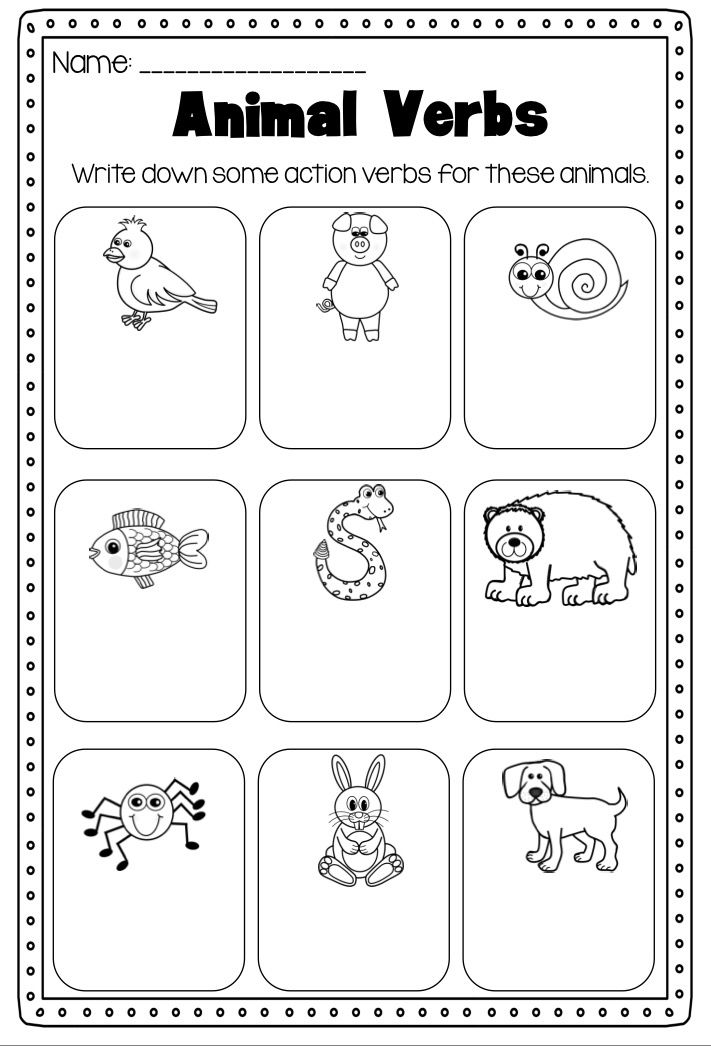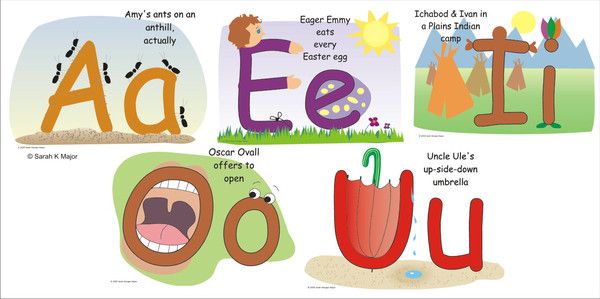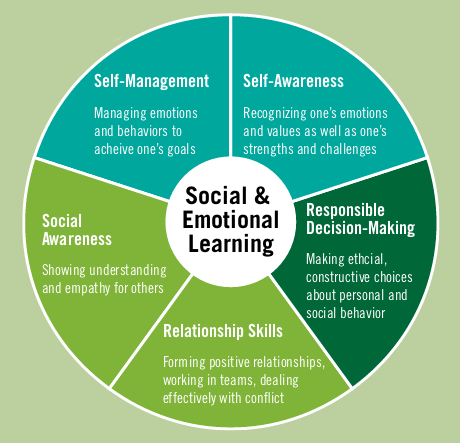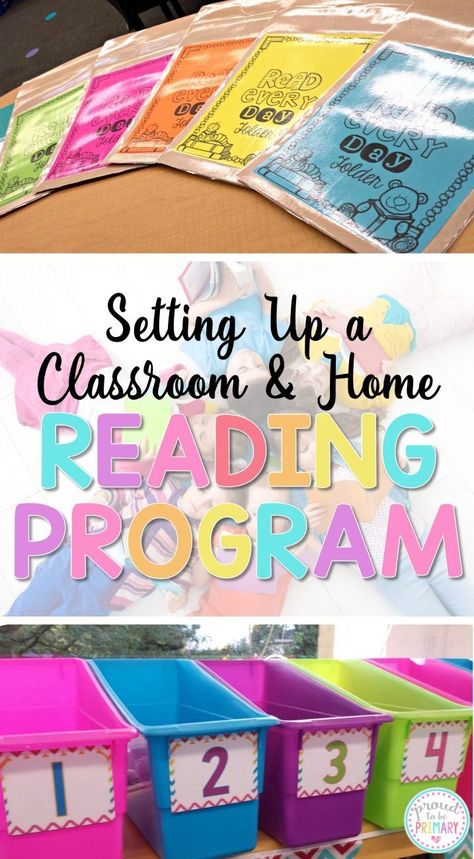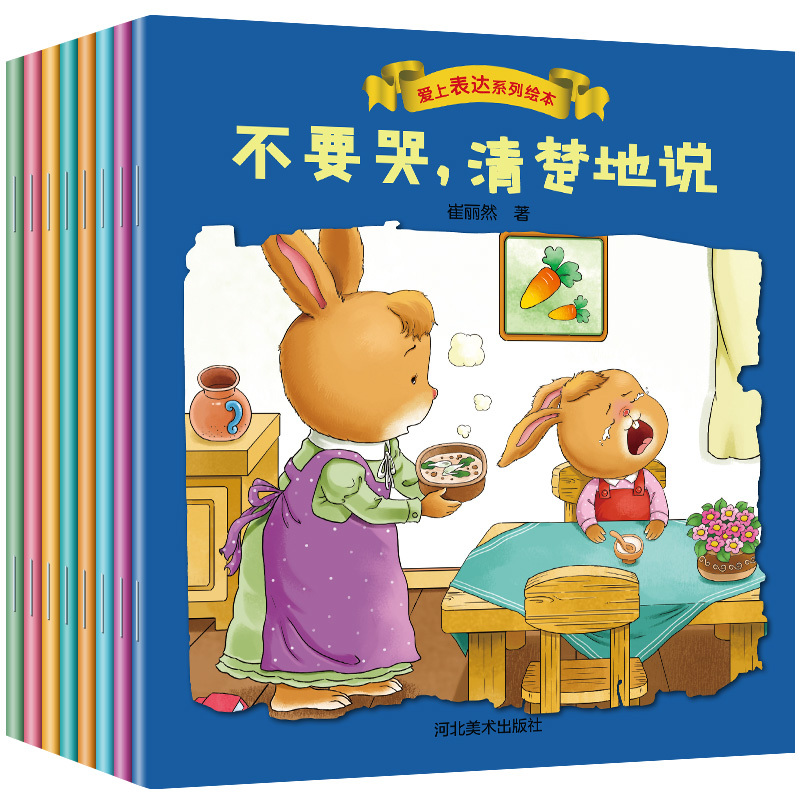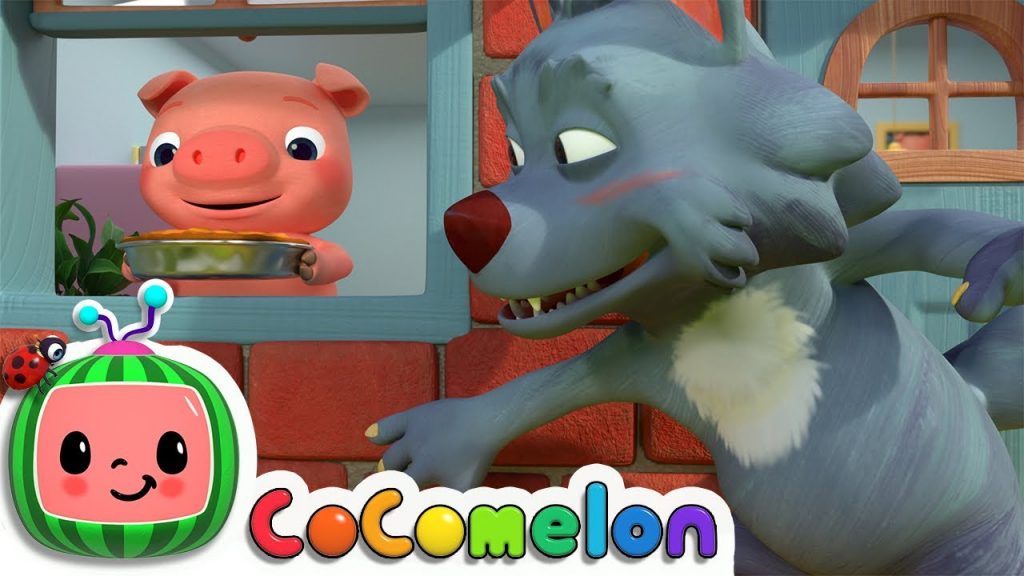Verbs for kindergarten activities
5 Fun Activities for Teaching Verbs in the Primary Grades
Looking for some activities for teaching verbs to your Kindergarten, 1st, or 2nd grade students?
Whether your students are just starting to learn about the parts of speech or are well on their way to being grammar gurus, these five activities will make learning about verbs a ton of fun!
Activity #1: Play Simon Says with action words.Introduce the concept of verbs as action words with a game of “Simon Says!”
First, brainstorm a list of action words with your students to use for the game.
You can also use these ready-made word cards from my Kindergarten Grammar Alive curriculum – just cut them out and make a stack or stick them on a binder ring for easy access:
This activity works well as part of a mini-lesson about verbs, and you can also play again during transitions.
Activity #2: Have students look for verbs “in the wild.”In order for grammar to be meaningful, students need to make connections between grammar concepts and actual text.
As a class, we practice identifying verbs in sentences (and acting out the sentences, too!):
Students can also search for verbs in the books they read:
Both of these activities come from my First Grade Grammar Alive program.
Activity #3: Build Verb Vocabulary with GamesBuilding students’ verb vocabulary is important – both for helping them learn verb shades of meaning (see Activity #4 for more on that) AND for helping them learn to use a variety of verbs in their writing.
One easy way to build their vocabulary is to play charades. You or a student acts out a verb, and the class guesses what verb they’re trying to show.
Here’s another verb vocabulary game, where students move around the board and have to name the depicted verbs that they land on:
Activity #4: Put Verbs in Order to Practice Shades of MeaningTo teach students how to choose just the right verb for their writing, work on verb shades of meaning!
First, model how to put the verbs “jog,” “run,” and “sprint” in order from slowest to fastest.
Then, divide students up into small groups. Give each group their own set of cards to put in order.
Once students have ordered the verbs, they can present their work to the class and get feedback.
Finally, you can glue the groups of verbs to chart paper. This creates an anchor chart that students can refer back to during writing time!
Activity #5: Play “Parts of Speech 4 Corners“Once your students have learned about verbs and other parts of speech, get them up and moving with a few rounds of 4 Corners!
To play, label the corners of your classroom as:
Nouns
Verbs
Adjectives
“WILD CARD!”
Give each child a word card. The words on the cards should be a mix of nouns, verbs, and adjectives. Several of them should say “WILD CARD.”
Students should read the word on their card and then go to the corresponding corner of the classroom.
You or a student leader should stand in the middle of the classroom, eyes closed. The leader calls out a corner (nouns, verbs, adjectives, or wild card) and all the students who were standing in that corner are out of the game and must sit down.
The leader calls out a corner (nouns, verbs, adjectives, or wild card) and all the students who were standing in that corner are out of the game and must sit down.
The remaining players trade cards and go to the corresponding corner. Again, the leader calls out “nouns,” “verbs,” “adjectives,” or “wild card,” and the game continues.
Keep playing until only one student is left – that student becomes the leader next!
All the materials to play this game are included in my First Grade Grammar Alive curriculum.
Need more ideas and materials for teaching grammar?I hope you got a few new ideas for teaching verbs!
For complete grammar lesson plans and many more grammar activities (including the ones featured in this blog post), check out my Grammar Alive programs for Kindergarten, first grade, and second grade:
Or maybe you already have a grammar curriculum – but you stil need independent practice activities for your students!
If so, check out my BoomCardsTM Grammar Games.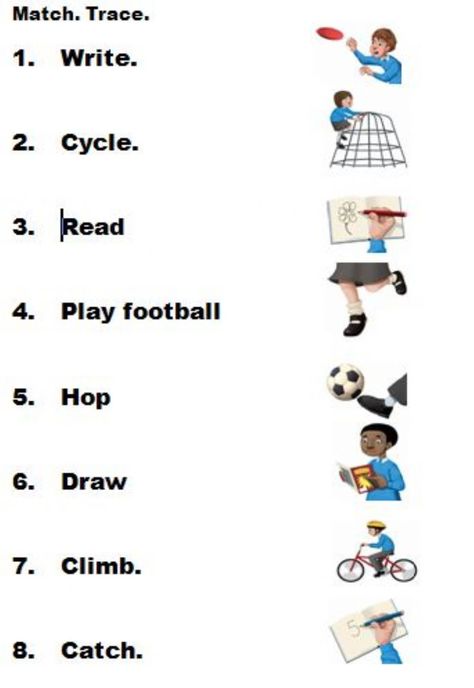 They’re digital grammar activities that your students can use on any computer, chromebook, or tablet with internet.
They’re digital grammar activities that your students can use on any computer, chromebook, or tablet with internet.
My students love using BoomCards!! And the audio directions are great for providing support even when students are working independently.
Happy teaching!
4 Movement Activities to Teach Verbs
You can teach verbs in many different engaging ways! If you don’t know by now or if this is the first blog post you’re reading from me, I love getting my students up and moving. When you teach kindergarten, you take as many opportunities as you can to get those wiggly bodies out of their seats (or rug squares)!
Verbs are especially simple to create engaging lessons where students can move because the definition of a verb is just that – “something you can do”. Here are the 3 activities I use in my classroom to teach verbs to my students.
4 Movement Activities to Teach Verbs
Charades to Teach Verbs
This is a NO PREP activity which is always what we look for as teachers.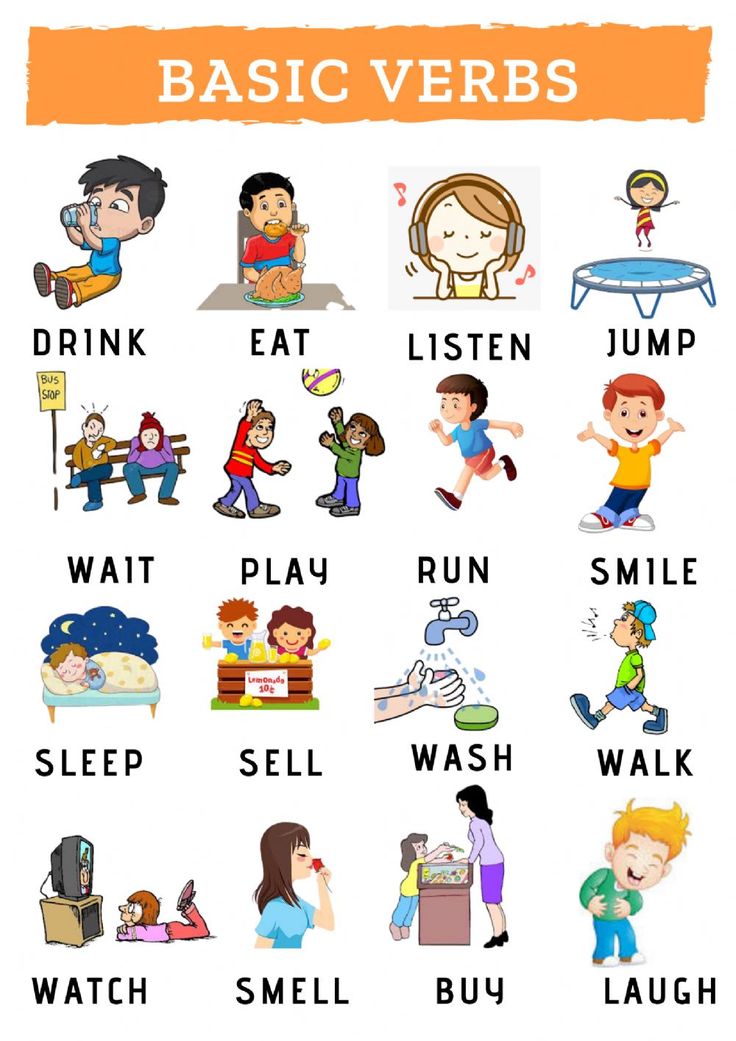 Gather students at the rug or somewhere where all students can see each other. Choose a student to come up to the front. They choose a verb such as swim, eat, sing, etc. and “perform” the verb. Then, they choose their classmates to guess which verb they were performing.
Gather students at the rug or somewhere where all students can see each other. Choose a student to come up to the front. They choose a verb such as swim, eat, sing, etc. and “perform” the verb. Then, they choose their classmates to guess which verb they were performing.
Add more movement by having the rest of the class copy the movement the performer is doing before or after they guess!
You can do this activity completely with no materials, however, many little students have a hard time coming up with a verb on their own (especially if they’re shy).
Take them Outside (or to the Playground) to Teach Verbs
Anytime you can take students outside their engagement is automatically higher. After discussing verbs, take your students outside and have them play, move, run and notice all the verbs they do outside. I like to do this on the playground because there are many more action verbs that they can do such as slide, swing, jump, climb, etc.
This is another NO PREP activity! You can have a discussion about verbs before, go outside and have students notice the verbs they can do and then bring them back in and record all the verbs they did on an anchor chart.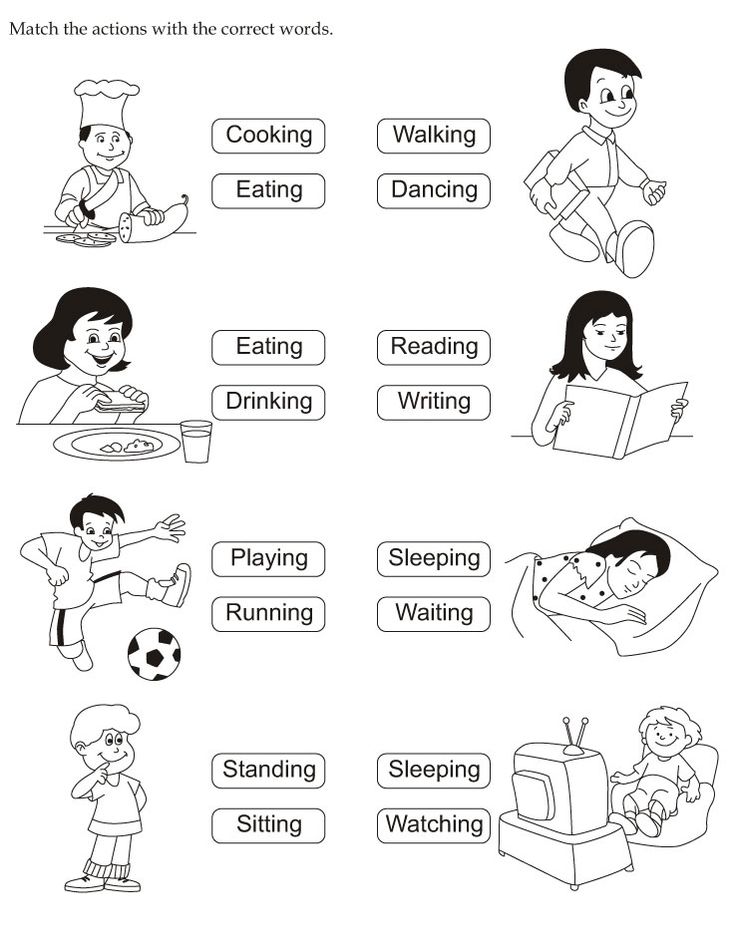
Lesson Extension: Verbs we can do Product – at home, on the playground, at school, at the doctors, at a restaurant, at my friends house, at a birthday party, at the beach, at the pool, on the soccer field, at the park, at my grandparents, at baseball practice, at my neighbors house, at the ice cream shop
Freeze Dance to Teach Verbs
I use freeze dance in basically everything I teach. There’s always a way to make freeze dance work for whatever skill you’re teaching. Again, another NO PREP lesson!
The way we play freeze dance when learning verbs is I’ll put on a song (Kidz Bop is my favorite). Students dance around the room until I stop the music. When the music stops, I pull an equity stick (or call on a student) and they tell us a sentence. This sentence can be about anything! Then, the class says the verb in the sentence all together when I count to 3.
For example:
Student I pick says – “The cat ran to the park.”
Pause for the class to think…
Class all together on 3 – “ran”
Then the music starts again!
Another way I use freeze dance is when I teach sight words! Check out this post: Sight Word Run the Room – A Sight Word Movement Game
Verbs Around the Room
Again, when you can incorporate movement in a lesson, both you and your students win! This verb game is a great way to teach verbs.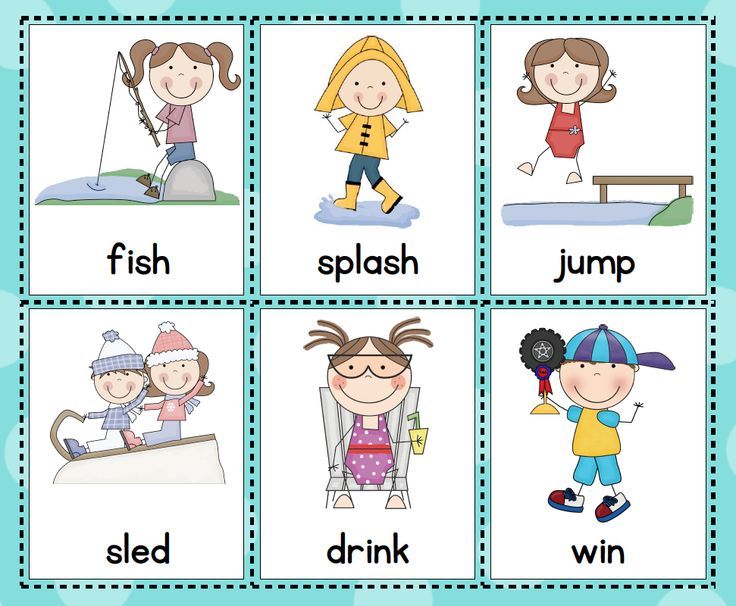 In this resource there are two different versions that you can use depending on the level of your students or you can use the first version in the beginning of the year when you introduce verbs and the second version once your students are more comfortable with verbs. Two for the price of one!
In this resource there are two different versions that you can use depending on the level of your students or you can use the first version in the beginning of the year when you introduce verbs and the second version once your students are more comfortable with verbs. Two for the price of one!
Version 1: Students walk around the room and find the cards numbered 1 – 12. When they get to a card, they complete the verb activity. Then, they go find another card. They can do this in order or not.
Version 2: Students walk around the room and find the cards numbered 1 – 12. When they get to a card, they complete the verb activity such as “jump 10 times”. After, they read the sentence on the card and find the verb. Then, find the same number on their recording and write the verb from the sentence.
Have you tried any of these verb activities in your classroom? Share how it went below!
By Danielle
Written by
Danielle
Hello! My name is Danielle and I'm a kindergarten teacher.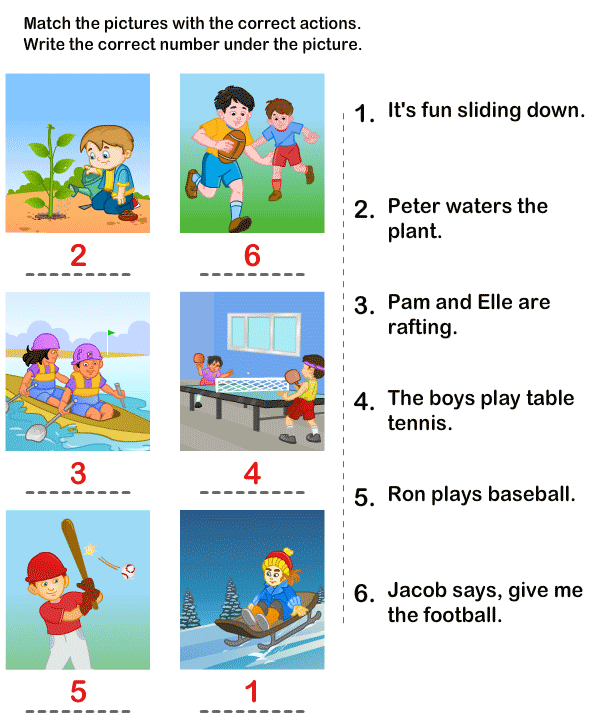 My passion is creating engaging lessons to make learning fun for my little ones. It is amazing to watch a child grow as they learn what the world has in store for them. Follow my page and teachers pay teachers store to find lessons you can use in your own classroom!
My passion is creating engaging lessons to make learning fun for my little ones. It is amazing to watch a child grow as they learn what the world has in store for them. Follow my page and teachers pay teachers store to find lessons you can use in your own classroom!
Prefixed verbs | Article on the development of speech (preparatory group) on the topic:
"Enrichment of the vocabulary of children of senior preschool age with prefixed verbs"
Dyatlova Zh.V., Golovkina M.A., Sokolova O.I.
For fluency in speech, the child must first of all have a sufficiently large vocabulary. The more nouns, verbs, adjectives, adverbs in his dictionary, the more accurately and fully he will be able to express his thoughts, the easier it will be for him to communicate through oral speech, and in the future to master written speech. For this reason, special exercises and games to enrich the vocabulary should not be spared time and effort, especially since the results of such exercises will not be long in coming In this article we want to bring to your attention games and exercises to enrich the child's vocabulary with verbs and word formation of verbs . The need to enrich the vocabulary with verbs is explained by their important role in the sentence. After all, our whole life and the life of the nature around us are connected with continuous movement, with some kind of changes, events. Almost no sentence can be built without a verb. The speech of a child who does not have a sufficiently large and diverse stock of verb words looks infinitely impoverished. So, various games, poems, exercises are offered to your attention, allowing you to introduce prefixed verbs into your child's speech.
The need to enrich the vocabulary with verbs is explained by their important role in the sentence. After all, our whole life and the life of the nature around us are connected with continuous movement, with some kind of changes, events. Almost no sentence can be built without a verb. The speech of a child who does not have a sufficiently large and diverse stock of verb words looks infinitely impoverished. So, various games, poems, exercises are offered to your attention, allowing you to introduce prefixed verbs into your child's speech.
Vasya is drawing, and you are already...(drawn)
Vasya is reading, and you are already...(read)
Vasya is washing his socks, and you have already… (washed)
Vasya is counting, and you have already… (counted)
Vasya is having dinner, and you have already… (had dinner)
Game “Add a word” , and the child adds a verb that matches the meaning.
They go on the porch, and on the tree .... (climb)
Crossing the road, but across the river… (swimming)
They pour water into a jar, but grits… (poured)
Accidentally spilled milk, and salt… (scattered)
A car drives up to the garage, and a boat to the shore… (swim up)
They didn’t hear everything with their ears, but not everything with their eyes .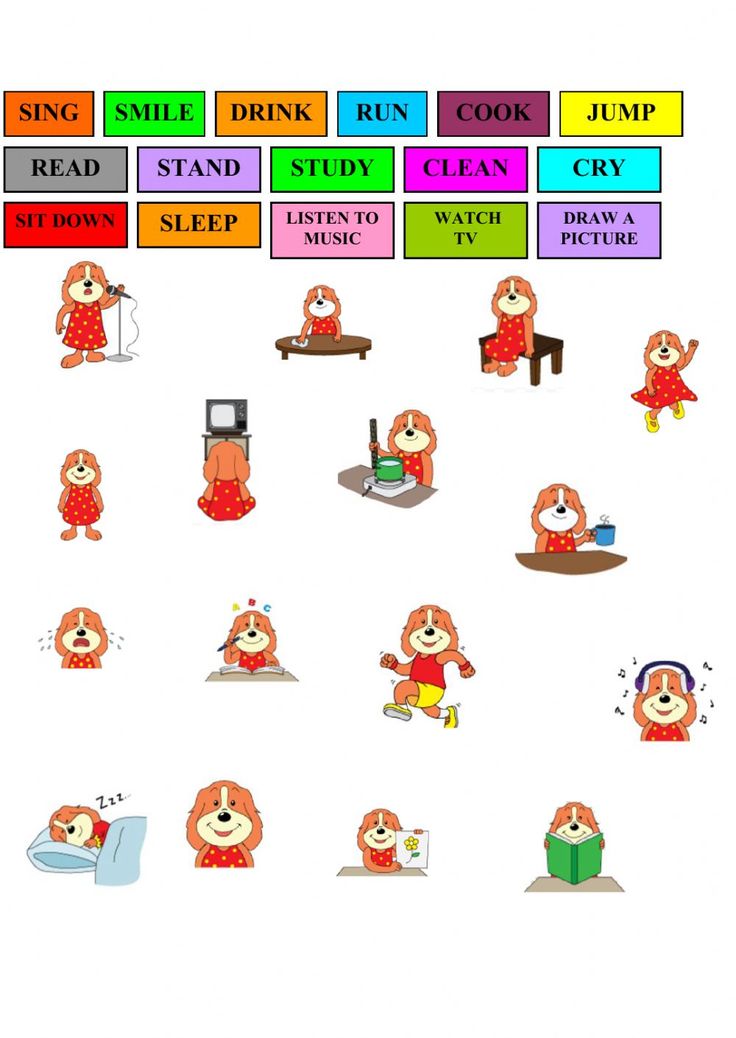 .. (saw)
.. (saw)
Grandmother knitted a scarf, but a dress ... (sewn)
Game “How did it all end?”
Instruction: “Listen and tell me how it all ended”
Mom salted and salted porridge and ... (over salted)
Kolya ate cutlets and ... (overate)
Dad swam and swam across the river and ... (crossed)
Tolya sawed and sawed a board and ... (sawed) )
The cat climbed and climbed a tree and ... (climbed)
The son grew up and dad ... (outgrown)
The game "Attentive ears"
Instruction: "Listen to the poem. When you hear words similar to the word fly, clap your hands.
Birds can fly high, fly over blue lakes, fly far from their nests, fly high over beautiful mountains, they can fly around the forest, fly over high towers, fly up under a low canopy and fly off roofs into deep pits.
Helper game
Instructions: “Help me come up with words that look like walk. I will say the beginning of the word, and you take turns adding the word walk.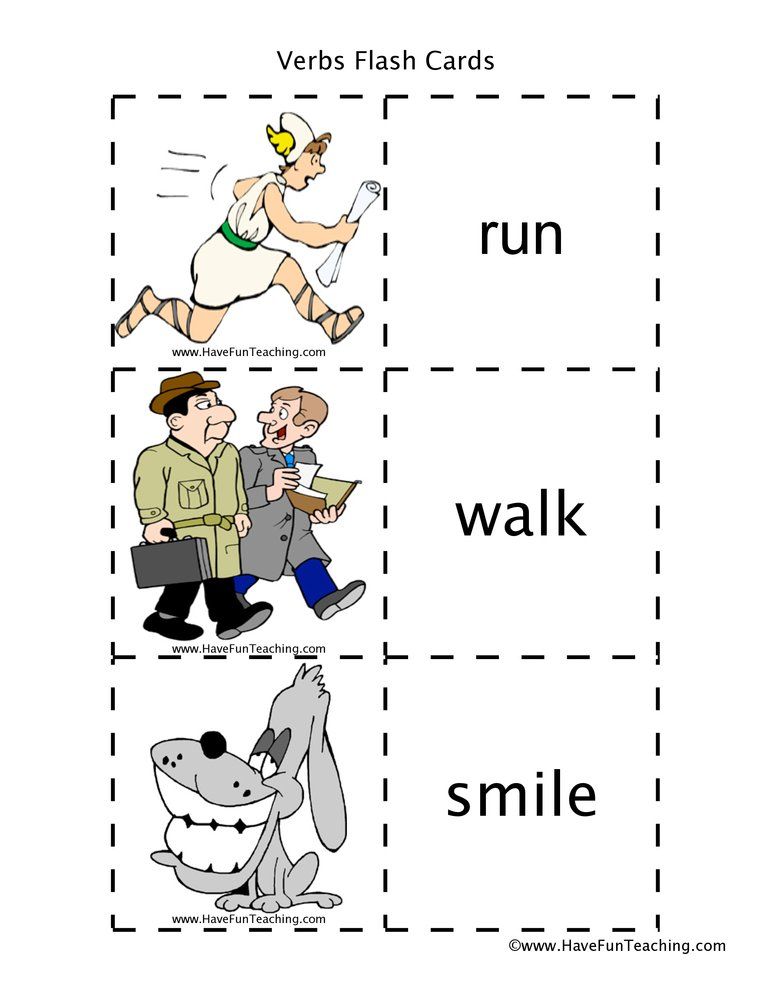
For...walk, cross...walk, you...walk, at...walk, on...walk, pass...walk, go around...walk.
Children are encouraged to come up with words similar to the word dig.
Water play.
The teacher invites children to play with water. Names the actions that the child must perform and report about it. He puts a glass, a cup and a jar in which water is poured in front of the child.
Teacher: “Pour water from the jar into a cup. Pour water from a jar into a glass. Pour water from a cup into a glass. Pour into a glass of water from a jar. Pour water from the glass into the jar. Field flower."
The child talks about doing an action.
Game "Journey of the car"
For the game you need to make an impromptu garage for the car, a road, a bridge. Put a tree on the way of the car, you can put a puddle on the road.
First, the teacher tells about the movement of the car, and the child adds verbs similar to the word to go. Then the children perform actions with the machine and independently repeat the story about it.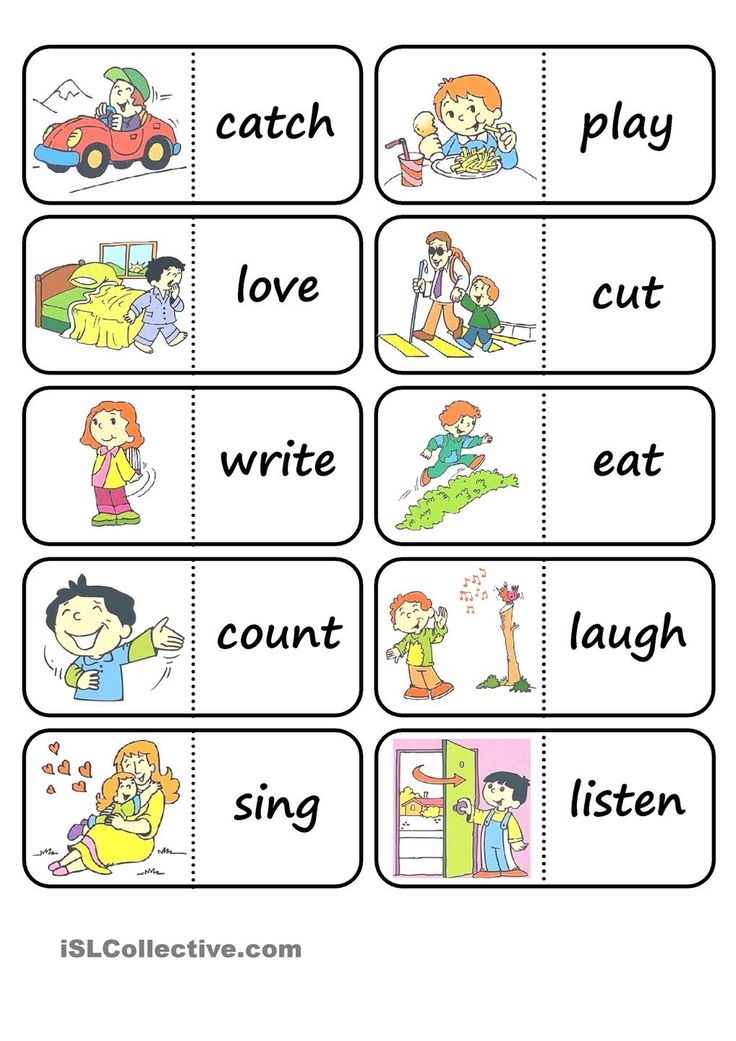
“Once upon a time there was a car in the garage. She got bored and decided to travel. The car left the garage, drove down the road, drove up to the bridge, drove onto the bridge, drove over the bridge, drove off the bridge, drove down the road again, drove to the tree, drove around the tree and drove back to the garage.
Game "Butterfly's Journey"
Instructions: "A butterfly flew into our group. Help me come up with a story about how she traveled."
“A butterfly has flown into our group. In a group ... flew. To Masha .... flew up and on Masha ... sat down, from Masha .... flew off and on Katya ... flew over, sat. Around Katya ... flew around and to Masha ... flew away. Above Masha ... flew and out the window again ... flew away.
Game "Composers"
The teacher reads the text, and the children add prefixed verbs with the same root that are appropriate in meaning.
“I wanted a cabbage bunny and decided to go to the village to the garden.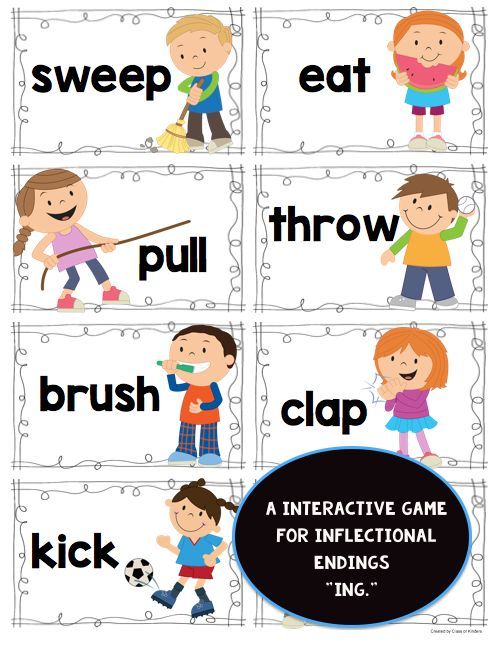 Here is a bunny from the forest ... ran out to the village ... ran to the garden ... ran up. I ran around the garden, saw cabbage and ran into the garden ... ran. The hare gnawed cabbage, gnawed, ate, ran out of the garden and ran back to the forest ... ran "
Here is a bunny from the forest ... ran out to the village ... ran to the garden ... ran up. I ran around the garden, saw cabbage and ran into the garden ... ran. The hare gnawed cabbage, gnawed, ate, ran out of the garden and ran back to the forest ... ran "
You can invite the children to come up with a story about how children walk on the site: "Sveta to the site ... came, came up to the swing, swayed, got off she moved away from the swing, walked around the house and went to the veranda, went onto the veranda and began to play with dolls there. Teacher: “And Denis and Vitya love to run for a walk. Let's tell how these boys walked.
Game "What's right?"
The teacher offers the child a sentence and two verbs with different prefixes to choose from. The child repeats the sentence, including the correct version of the verb.
Should old furniture be removed or brought in?
Roma made an elephant from plasticine or stuck it?
Did Misha put the textbooks in the briefcase or put them together?
Did Dasha learn to tie or tie shoelaces herself?
Game "Correct the mistake"
The teacher offers the children sentences with the wrong version of the prefixed verb.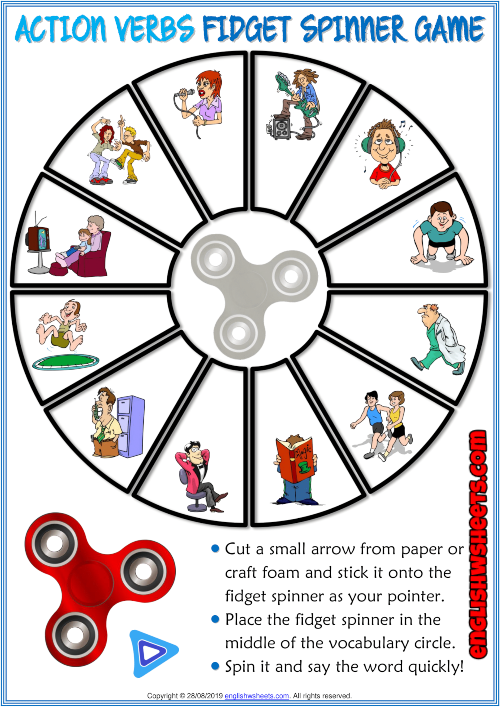 The child must independently remember and use the necessary verb in the sentence.
The child must independently remember and use the necessary verb in the sentence.
Papa sailed the river.
Mom embroiders a hole in a T-shirt.
Grandpa dug a hole.
Grandmother cooked cutlets.
Olya poured water into the watering can.
Picture game "Find a Pair"
Paired pictures are used for the game. The teacher lays out a picture where the action is still being performed, and the child among his pictures finds the one where this action has already been completed. Paired pictures may contain opposite actions.
The boy paints the fence - The boy painted the fence.
The child is building a tower. The child built the tower.
A girl draws a butterfly. The girl drew a butterfly.
Paired pictures may contain opposite actions.
Grandfather enters the house - Grandfather leaves the house.
A boy pours water into a bucket - A boy pours water from a bucket.
Literature
- Efimenkova L.
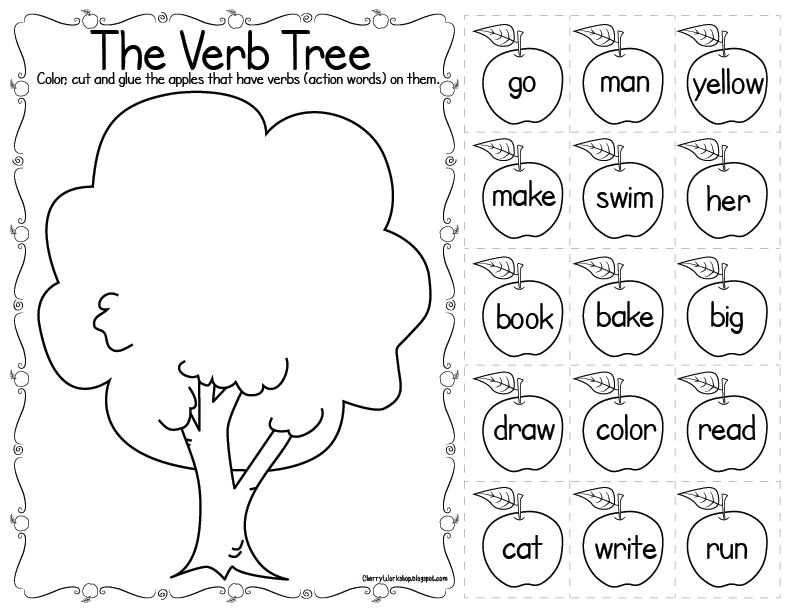 N. Formation of speech in preschoolers. - M., 1985.
N. Formation of speech in preschoolers. - M., 1985. - Kosinova E.M. Grammar notebook No. 3 for classes with preschoolers: Complex prepositions. - M., 2016.
- Lalaeva R.I., Serebryakova N.V. Correction of general underdevelopment in preschool children. - St. Petersburg, 1999.
- Paramonova L.G. The development of vocabulary in children. - St. Petersburg, 2007.
- Smirnova L.N. Speech therapy in children's sakdu. - M., 2006.
- Tkachenko T.A. In the first grade - no speech defects. - St. Petersburg, 1999.
- Kulikkova E.V. "Preschool Pedagogy" No. 1 2018
Grammar games and exercises - My kindergarten
Junior preschool age
“JUMP THE DITCH”
The object of the game. Teach children to form the imperative form of the verb using prefixes.
Organization of the lesson .
Players are divided into two teams and lined up on the court one against the other (at a distance of 50 cm).
Two parallel lines are drawn in front of each team - this is a ditch.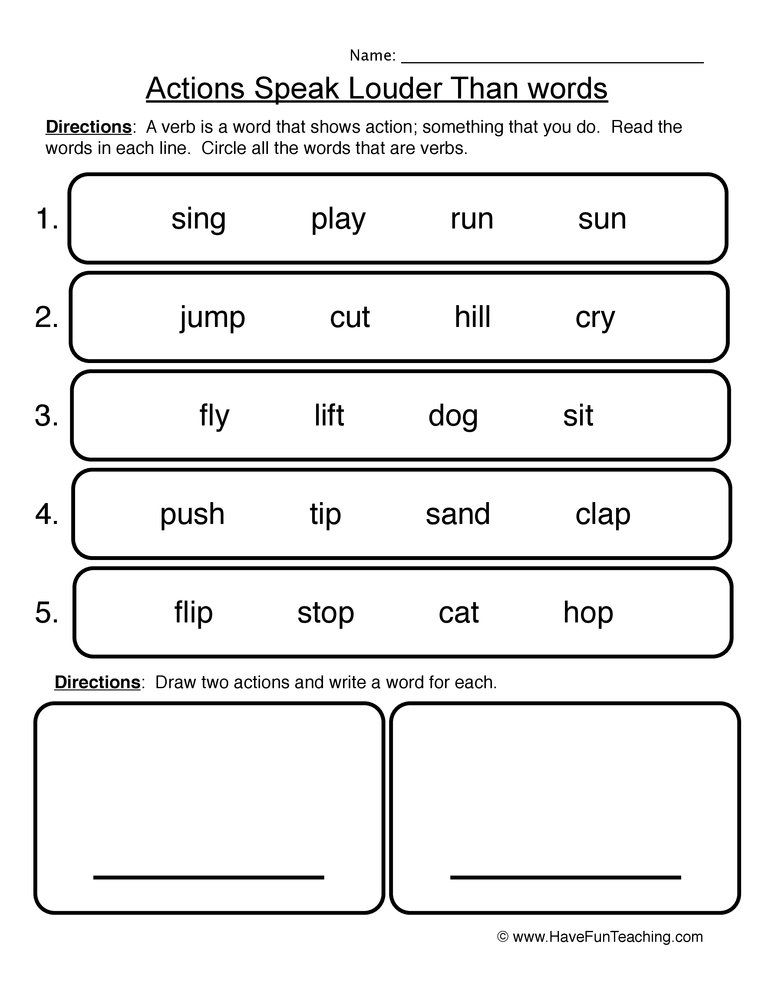 To the teacher's words:
To the teacher's words:
| If you want | If you want |
everyone is jumping. The winner is the team in which the greater number of players managed to jump over the ditch without stepping on the line. The game continues. The losing team under the same rhyme, but already said “winners”, makes a second attempt. The game can be activated by inviting children to jump with their eyes closed.
“WIND”
The goal of the game. To teach children to form verbs using prefixes (looked out, rushed, jumped).
Organization of the lesson .
One of the players plays the role of a breeze, the rest - hares. Rabbit children put hats with long ears on their heads and squat in a circle. To the words spoken by the teacher:
To the words spoken by the teacher:
From the snowdrift at the edge of the forest
Someone's ears peeked out,
And rushed off - lope and lope -
White little ball,
they rise slowly and jump forward on two legs.
To the next quatrain:
Here he jumped with acceleration
On the green thawed patches,
He is circling around the birch trees, jumping over!
children jump in the direction where small puddle circles are drawn, jump over them.
To the words spoken together with the teacher:
Wind, wind! Catch up!
Do not catch up with the dashing bunny!
scatter around the hall. The breeze-child must crush the fleeing.
The game is played with a small subgroup (6-8 children). If the number of players is greater, two "breezes" are chosen.
“TRAIN”
Purpose of the game.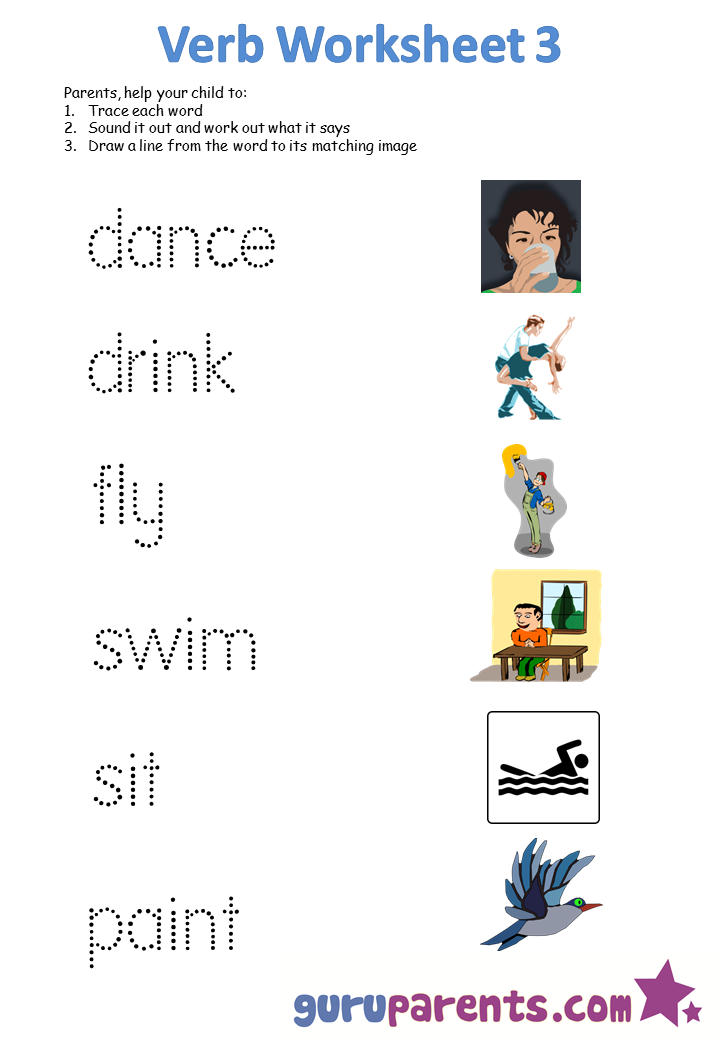 Strengthen the ability of children to correlate the word with the action.
Strengthen the ability of children to correlate the word with the action.
Organization of the lesson . Children are lined up one after another, forming, as it were, a “train”; they put their hands on the shoulders of the player standing in front. To the words spoken by the teacher:
Choo, choo, puff-choo,
Puff-choo, vor-choo,
I don't want to stand still!
“train” starts to move slowly, gradually speeding up.
Ko-le-sa-mi
Knock, knock,
Ko-le-sa-mi
Ver-chu, ver-chu,
Sit down, hurry up, -choo!
Chu! Chu!
Further movements are performed according to the text: “I knock with the wheels, I knock” - the children stamp their feet; “I turn with wheels, I turn” - circular movements with arms extended forward. To the words: “Chu! Chu!” - The train stops.
“WHERE WE WERE, WE WILL NOT SAY”
Purpose of the game.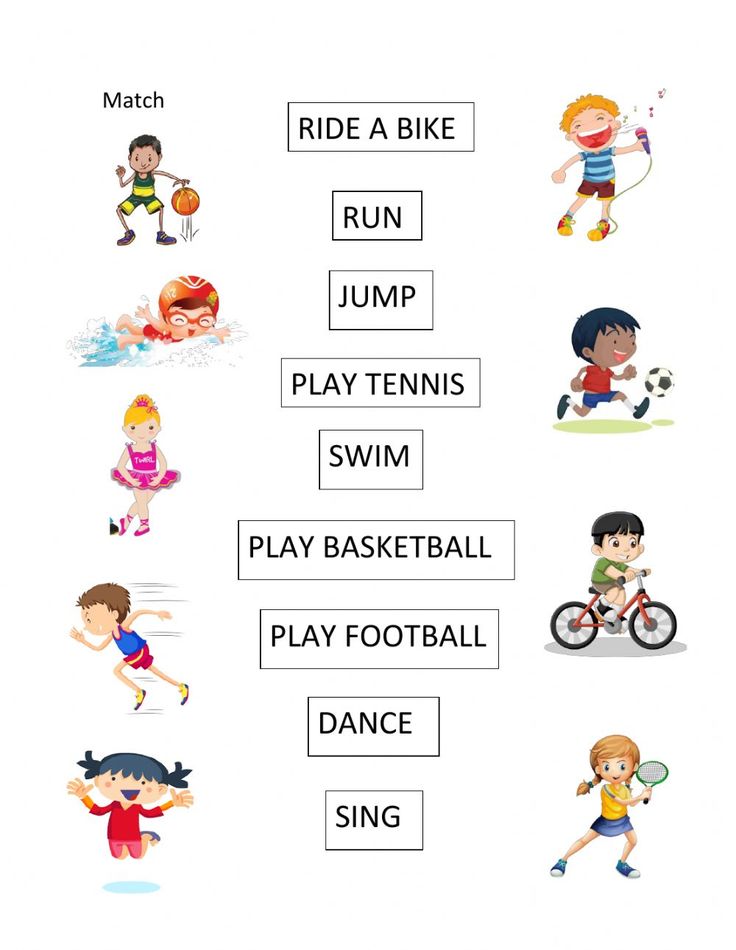 Activate verb vocabulary. Learn to match words with actions.
Activate verb vocabulary. Learn to match words with actions.
Organization of the lesson.
The driver steps aside, while the players agree on what activity they will portray. To the question of the driver: “Where have you been? What did you saw?" - they answer: “Where we were, we will not say, but what we did, we will show” - they show various movements (they wash clothes, draw a picture, etc.). The task of the leader of the movements is to correctly determine the action being performed and name it in the form of a second person plural verb. For example: "You are sawing firewood." If the answer is correct, the team scatters, and the driver catches up with them. Poy manny becomes a driver.
This game is also popular with older groups.
“SHASHY DOG”
Purpose of the game. To teach children to correlate actions with a sounding word; to fix the ways of forming verbs with the help of prefixes (come, wake up, look).
Organization of the lesson .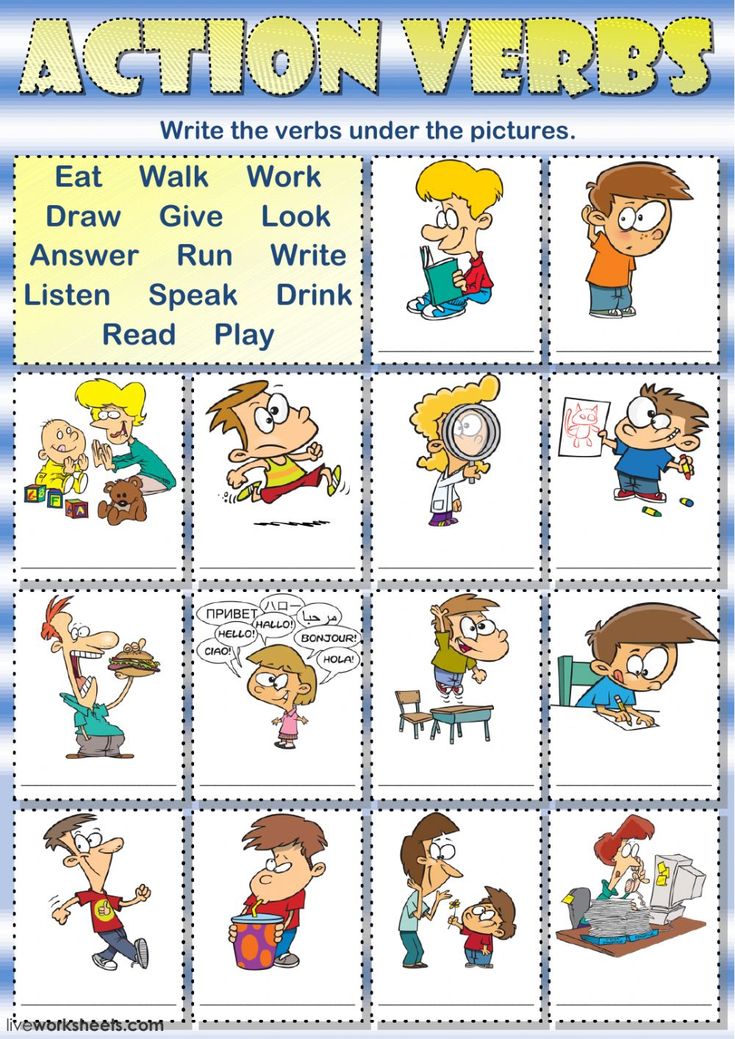 One of the players plays the role of a dog. He lies down on the grass (mat) and pretends to be asleep. The rest on tiptoe come up to him in a crowd and say:
One of the players plays the role of a dog. He lies down on the grass (mat) and pretends to be asleep. The rest on tiptoe come up to him in a crowd and say:
Here lies a shaggy dog,
Putting your nose into your paws.
Quietly, quietly, he lies,
Either he is dozing, or he is sleeping.
Let's go up to him, wake him up
And let's see if something happens.
Having said these words, one of the children wakes up the dog with a slight movement. The dog wakes up, growls with displeasure, barks, then jumps up and tries to catch up with the guys.
If the game is repeated, a child can be chosen from among the winners using a counting rhyme.
RYABUSHECHKA HEN
Purpose of the game. To teach children to correlate the verb with the circumstances of the place, the reason (where? why?) and form the verb with onomatopoeia (squeak).
Organization of the lesson.
Children choose Ryabushka Hen, the rest play the role of chickens.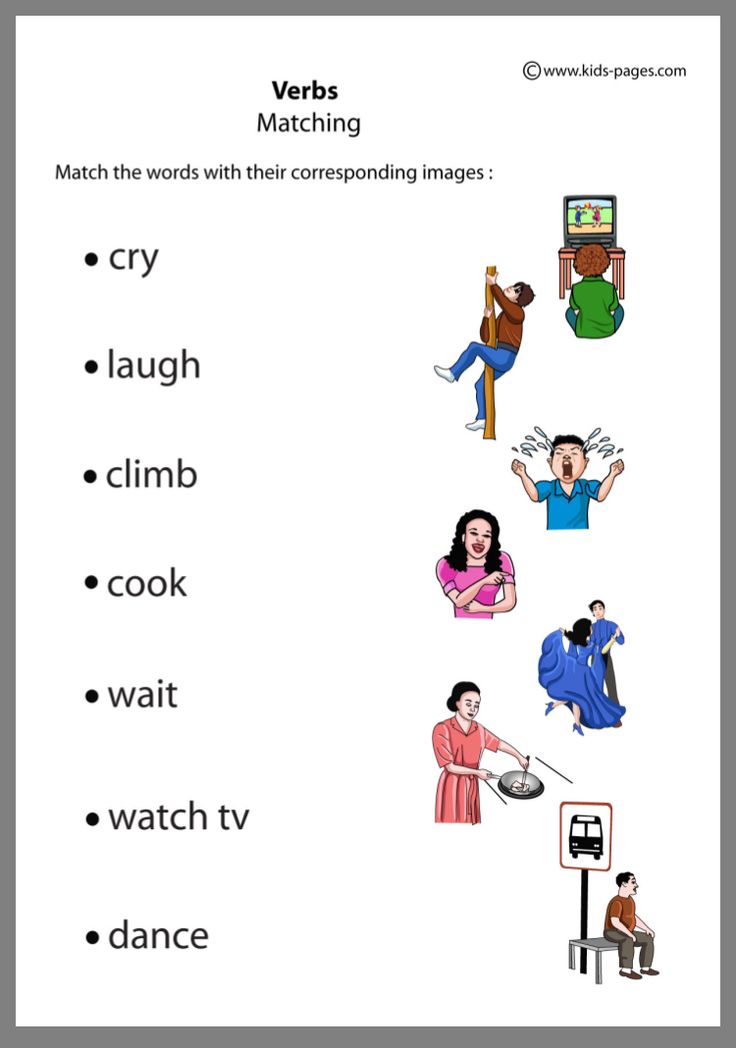 Hen-Ryabushechka is put on a hat on her head. At the signal of the driver (teacher), a dialogue begins.
Hen-Ryabushechka is put on a hat on her head. At the signal of the driver (teacher), a dialogue begins.
– Ryabushechka Hen, Where are you going?
- To the river.
- Hen-Ryabushechka, Why are you going ?
- For water.
- Ryabushechka Hen, Why do you need water?
- Water the chickens. They want to drink. They squeak all over the street - Pee-pee-pee!
At the words “They squeak all over the street”, chicken children run away from the hen and squeak: “Pee-pee-pee”. If the chicken catches someone, then she says: "Go to the well to drink water." Caught children are out of the game. The game is repeated with the choice of a new Ryabushechka Hen.
“SILENT”
The goal of the game. Teach children to form verbs with prefixes.
Organization of the lesson.
Before the start of the game, the children say in unison:
First-timers, little chervenchiki,
Bells rang.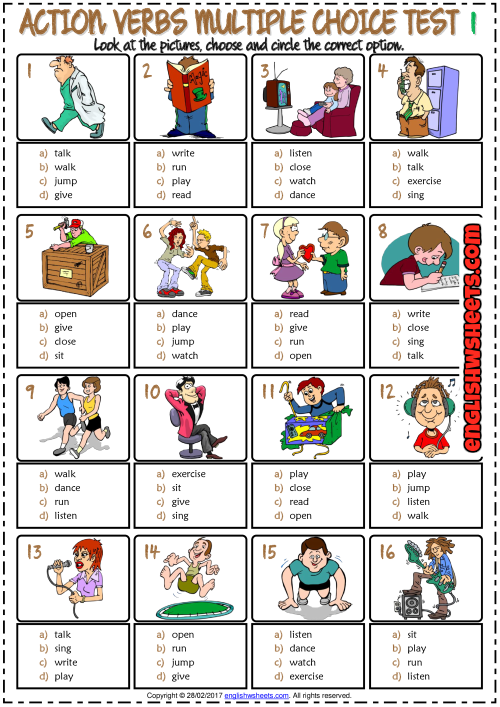
In fresh dew,
In someone else's lane.
Cups, nuts,
Honey, sugar.
Quiet!
With the word "silent" everyone becomes silent and does not move. The leader (teacher) observes the children. If someone laughs, or speaks, or moves, he gives him a forfeit. At the end of the game, children redeem forfeits - they perform actions on command: they crawl under the table and crawl out, bounce in place two or three times; go to the locker room and enter the group room; move the chair back and slide it back into place; look out the window; squat, stand up, toss the ball; jump over a rope, etc.
This game usually attracts children of all age groups.
Note. In a group of kids, it is better to play a phantom as soon as one of the players breaks the rule. The assignment is provided by the teacher. In older groups, the task is invented by the children themselves.
“SOVA”
Kazakh folk game
Purpose of the game. Teach children to form verbs with onomatopoeia.
Teach children to form verbs with onomatopoeia.
Organization of the lesson.
Educator (refers to de ). Let's play Owl. This is a fun game of Kazakh children. I think you will like it too.
The one who is chosen as an owl sits in a nest and sleeps for the time being. The rest run around the owl, jump. Some can croak like frogs, others can bleat like goats, and others can pretend to be foals. At the signal of the leader “Night!” the owl opens its eyes and goes hunting. (The teacher explains: owls always sleep during the day , but hunt at night.) All of you who jumped, galloped, freeze. Whoever moves or laughs, pays a phantom.
What kind of forfeits can be played: let him hiss like a snake; crows like a rooster; barks like a dog; trumpet like an elephant; buzz like a fly; ringing like a mosquito; meows like a cat; croaks like a frog; quacks like a duck; howl like a wolf; roar like a tiger; neigh like a horse; snorts like a hedgehog; moo like a cow, etc.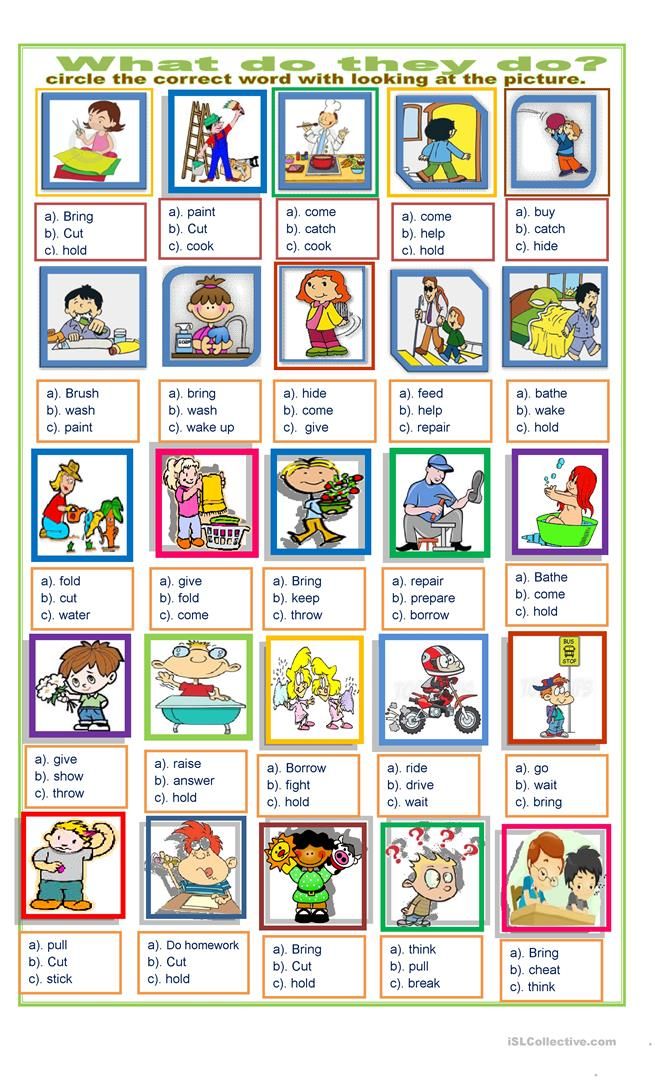
“SILENCE”
Purpose of the game. Teach children how to form a verb from a noun.
Material . Drum, pipe, bell, trumpet, signal machine, whistle.
Organization of the lesson.
Children (in chorus; the text is familiar to them):
One, two, three, four, five.
We begin to play:
Chick-chok, mouth on the hook
And silence!
Having said the word “silent”, the children become silent; nobody smiles. The last task is not an easy task. Whoever violated the rules of the game gets a phantom. When about five forfeits have been distributed, they are played. The teacher - he has a drum, a pipe, a bell, a pipe, a car with a signal, a whistle in his hands - sits down with his back to the children, and one of the winners, taking a phantom from the loser and showing it to the children, approaches the teacher and asks, standing behind his back : “What to award the phantom that I have in my hand?” The teacher gives the task: to drum on a drum or blow on a pipe, etc.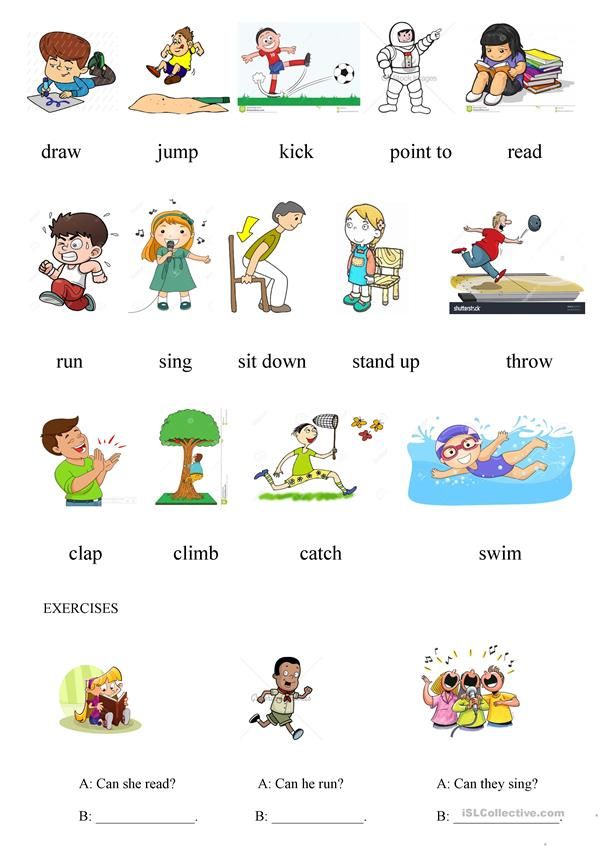
The one who completes the task receives his forfeit.
“MIXTURE”
Purpose of the game. To teach children to correlate verbs formed with the help of prefixes with movement.
Organization of the lesson.
With the help of a rhyme:
Once upon a time
Is it me, are you.
There was a dispute between us.
Whoever started it, forgot
And we are still not friends.
What if the game this time
Will it be able to reconcile us?
children choose a “chuckle”, the task of which is to make the players laugh. The possibilities are inexhaustible: the movements of a clumsy bear, a cunning fox, a cowardly hare are copied; you can suddenly sneeze, sing, read a funny rhyme (poem), etc. The one who laughs pays a forfeit. If there are about ten forfeits, they are played. The teacher sits facing the children, and one of the winners helps him: he takes a phantom, hides it behind his back and asks: “What is supposed to be a phantom that is hiding behind me?” The teacher comes up with movements: walk straight, squat, climb onto a chair, crawl under the table, jump, bend over, straighten up, step over, jump over, sit down, etc.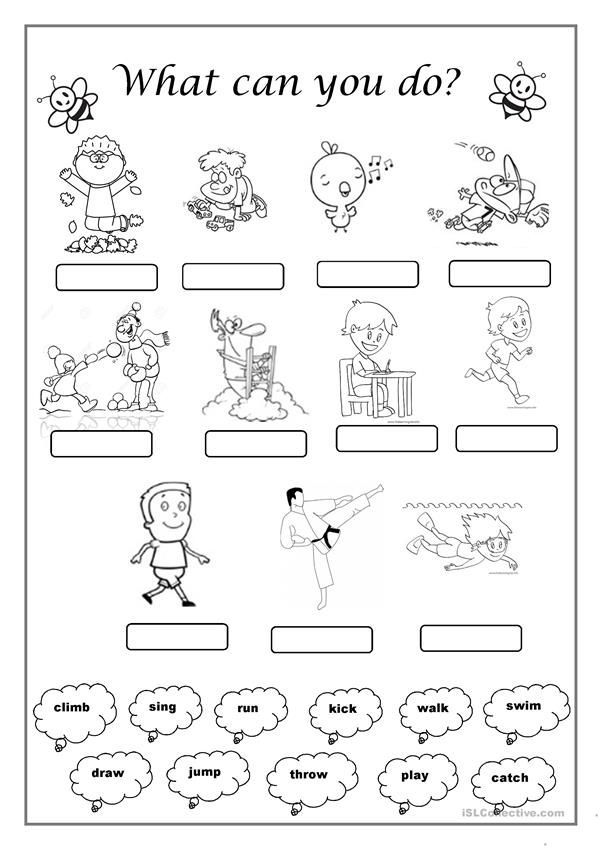 Anyone who incorrectly performs a given action does not receive a phantom; it is played again, or one of the children who can complete the task comes to the rescue.
Anyone who incorrectly performs a given action does not receive a phantom; it is played again, or one of the children who can complete the task comes to the rescue.
“MOROZ”
Belarusian folk game
Purpose of the game. To consolidate the ability of children to form a verb from a noun using prefixes.
Material . Elements of Santa Claus costume.
Organization of the lesson .
Children choose Santa Claus with the help of a counting rhyme.
You are white, you are bright,
You are in a fur coat, you are in a hat,
you have a red nose.
It's you - Santa Frost!
Start of the game. All the children run away. The task of Santa Claus is to touch any player and freeze him. Frozen stands motionless in the position in which Santa Claus taunted him. The offender pays a forfeit, which Santa Claus plays at the end of the game. The new Santa Claus may be the one who was not taunted, or who stood motionless for a relatively long time, or who played his forfeit well.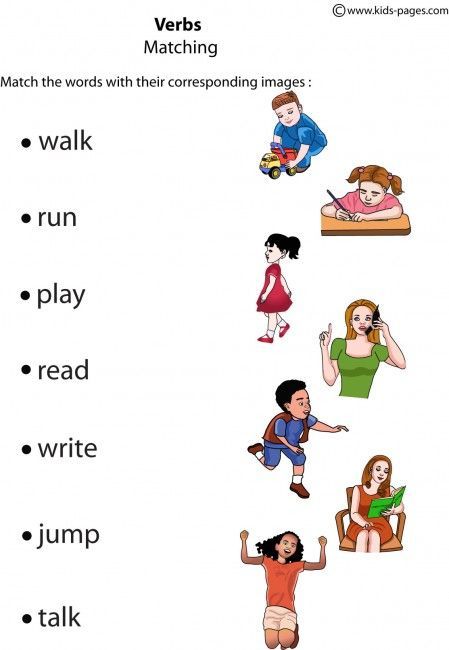
All games with phantoms are more interesting and mastered in a team of different ages, when the game experience is naturally transferred from older children to younger ones. Therefore, in a multi-unit kindergarten, it is advisable to organize them by inviting children from different groups to communicate (on the site, in the music room). If the teacher organizes games for the first time with the kids, then he takes over their organization and inventing tasks.
“TWO BROTHERS”
Didactic game
Purpose of the game. Teach children how to use verbs correctly.
Material . Dolls Shustrik and Myamlik (bear cubs).
Organization of the lesson.
Educator. Once upon a time there were two brothers in the forest - two little bear cubs. Their names were Shustrik and Myamlik (shows toys). Shustrik was cheerful, obedient, always had time to do everything on time. Myamlik is very slow. He did not even have enough time for his favorite games, so he was always sad.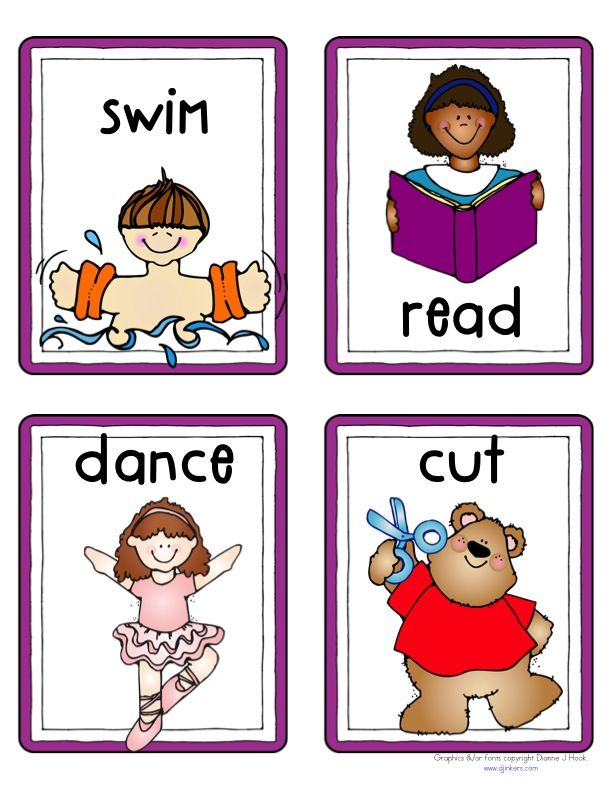 His parents considered him disobedient.
His parents considered him disobedient.
Usually Shustrik wakes up very early and quickly gets out of bed, and Myamlik is still only ... (gets up, children add; the teacher accompanies his words with the movements of Shustrik and Myamlik face). Shustrik is already dressed, and Myamlik ... (only is getting dressed, the children add). Shustrik made the bed, Myamlik ... (fills; etc. etc., respectively: washed - washed, brushed his teeth - cleans, had breakfast - has breakfast, came to school - goes to school, dined - dine, did his homework - does his homework, got ready going for a walk - getting ready, went to bed - goes to bed). Children, please tell Myamlik: how to become cheerful?
In the content of the game, the educator can use various plots: “On a walk”, “In the forest”, “On the river”, “On the morning exercises”, etc.
ADD A WORD
Purpose of the game. To teach children to complete the omitted verbs in the sentence, to find the right word according to the meaning of the statement.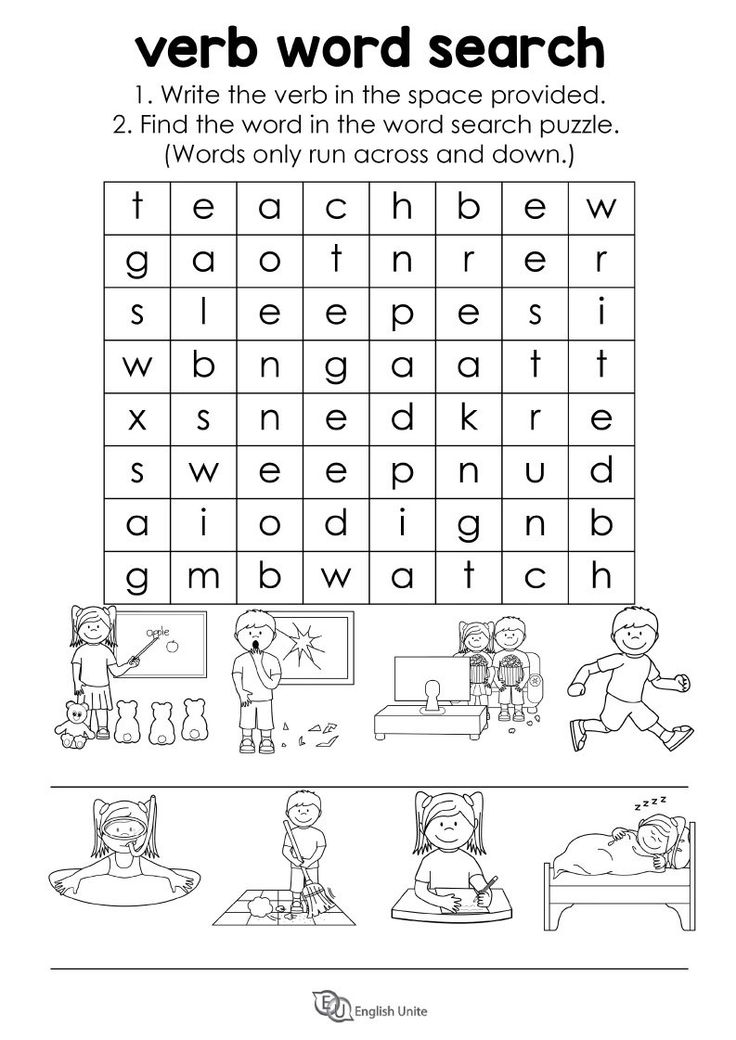
Material . Gena doll.
Organization of the lesson .
The game begins with an introductory conversation about how children help their parents, what they can do.
Caretaker. The boy Gena came to visit us. He, like you, loves to help his grandmother, grandfather, mother, father, brother and sister. What can he do, you ask? We will guess now.
Gena ( his role is played by the teacher): I know how to make a bed ... (children: make). I can floor ... (sweep). I know how to dust ... (wipe). I can do dishes... (wash, rinse). I know how to flowers ... (water). I help the table ... (set). I help the plates ... (arrange). I help forks… (unfold). I am helping the crumbs off the table… (sweep away). I help the room… (clean up).
When the game is repeated, the children move from choral statements to answers as directed by Gena.
“SAY THE REVERSE”
Purpose of the game.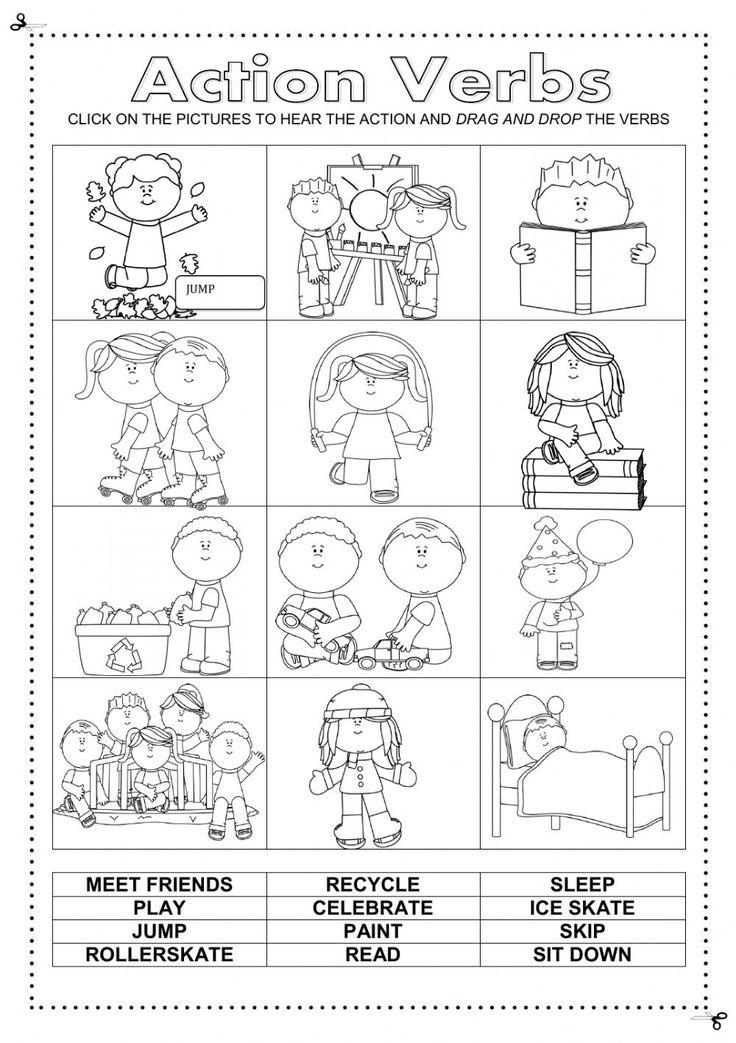 To teach children to select single-root and heterogeneous verbs-antonyms.
To teach children to select single-root and heterogeneous verbs-antonyms.
Material . Chippolino doll.
Organization of the lesson .
Educator. To us, in kindergarten, Chippolino came to visit. He likes everything with us: how we do exercises, how we play, sculpt from plasticine, draw, sing and dance.
However... Chippolino, why are you sad? What? Will you tell me in my ear? What? Do you not know how to choose, like our children, the words “on the contrary”, words with the opposite meaning? Guys, can we help Chippolino? I will name the words, and you, together with Chippolino, come up with the words “on the contrary”, words with the opposite meaning.
| Educator Enter Run in Run Bring Fly in Come 0203 Sow Close Stand , to leave, to sail, to open, to lie down, to be silent, to quarrel, to take off, undress, be silent, cool, |
Caregiver. Chippolino, now you understand what it means to pick up the words “on the contrary”?
Chippolino, now you understand what it means to pick up the words “on the contrary”?
“INVISIBLE”
The goal of the game. To teach children to form the second person singular and plural forms of the verb.
Material . Doll, invisibility cap, screen, musical instruments (toys), furniture.
Organization of the lesson.
The teacher informs the children that the Invisible Man has come to visit them (his role is played by one of the children), who has an invisible hat (shows). When the Invisible Man puts on this hat, no one can see him. In confirmation of these words, the Invisible Man puts on a hat and hides behind a screen, and then, coming out from behind the screen and taking off his hat, tells the children what he loves and knows how to do (shows: dancing, singing, reciting poetry, running, jumping, playing musical instruments , sits, sleeps, walks, etc.), puts on his hat again (hides behind a screen) and performs one of the above actions.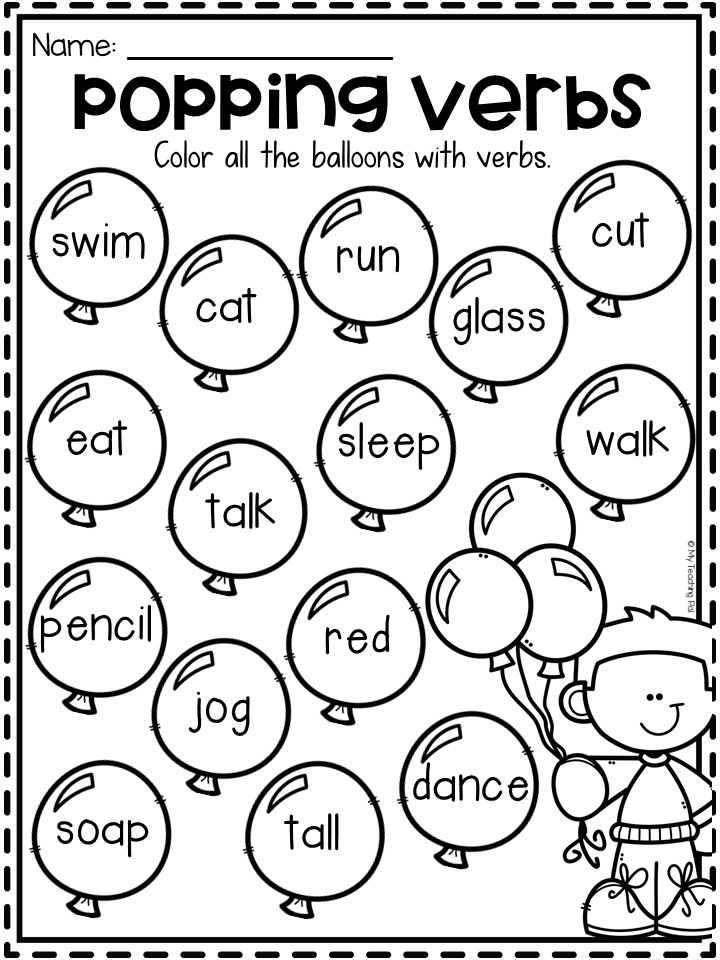 Children, asking him questions, guess what he is doing: “Are you sleeping?”, “Are you doing exercises?” etc. The one who guessed first gets the right to be Invisible.
Children, asking him questions, guess what he is doing: “Are you sleeping?”, “Are you doing exercises?” etc. The one who guessed first gets the right to be Invisible.
When the game is well known, you can choose two Invisibles. Then the children will form the plural of verbs.
Olya's Helpers
Purpose of the game. Teach children to form plural forms of verbs.
M a t e r i a l. Olya doll.
Organization of the lesson.
Educator (addressing the children). Olya doll came to us with her assistants. I'll show them to you, and you can guess what kind of assistants she has and how they help our Olya. (Shows legs. The doll is walking.) What is this? That's right, legs. What are they doing? (They walk, jump, run, jump, dance.) What are the hands doing? (They take, lay down, hold, wash, put on, draw, cut out, stick on.) What about the teeth? (They chew, bite, gnaw.) Eyes? (Look, close, open blink, squint.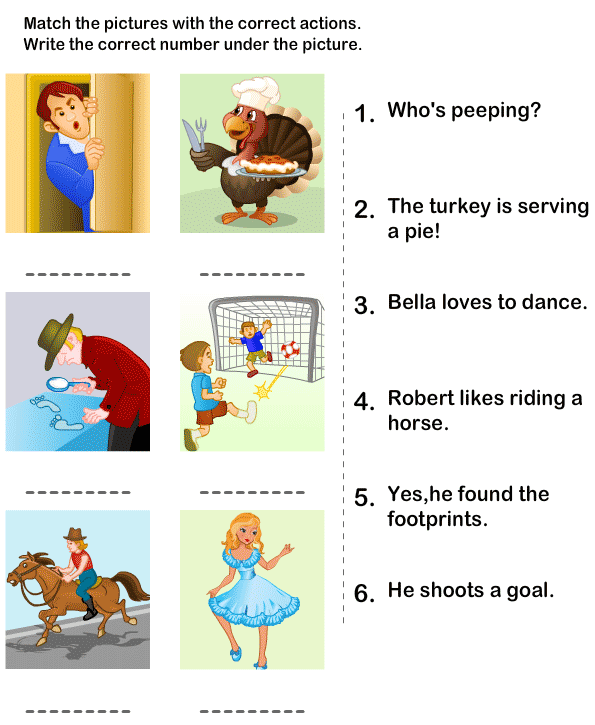 ) Ears? (They listen.) And how can I say affectionately about these parts of the body? That's right, legs, arms, eyes, teeth, ears.
) Ears? (They listen.) And how can I say affectionately about these parts of the body? That's right, legs, arms, eyes, teeth, ears.
Now I will read you a poem, and you tell me who Olya's helpers are (the teacher reads a poem by E. G. Karganova "Ola's helpers").
Olya runs merrily
Along the path to the river,
And for this we need
Our Olya ... legs.
Intonation of incompleteness educator encourages children to prompt.
Olya takes berries
Two or three things.
And for this we need
Our Olya ... (pens).
Olya gnaws the nucleoli,
Shells fall,
And for this we need
Our Olya ... (teeth).
Olya looks at the cat.
For fairy tale pictures.
And for this our Olya needs… (eyes).
After reading the poem, the educator addresses the children (selectively) with questions: “Who are your helpers? What can they do?”
“WHO DOES WHAT”
Purpose of the game. To teach children to form third person singular and plural forms of verbs.
To teach children to form third person singular and plural forms of verbs.
Material. Toys: cat, dog, two hedgehogs.
Organization of the lesson.
The teacher examines toys with the children (a cat, a dog, two hedgehogs) and offers to describe their appearance (a cat is gray, fluffy, soft, small; a dog is white, furry, large; hedgehogs are prickly, gray, small).
Caretaker
What does a cat do when petted? What does she do when she sees a mouse?
What does a cat do when it sees a mouse not real, but a toy?
What else can a cat do?
How many interesting words you said about a cat! (Repeats them.)
What is the dog doing?
What does a dog do when it sees a cat?
When a dog is given a piece of meat, what does it do?
What can hedgehogs do?
How do hedgehogs carry their food? How do they give their vote?
Children
Purrs, rejoices, arches back. Quietly sneaks up, runs, catches, jumps.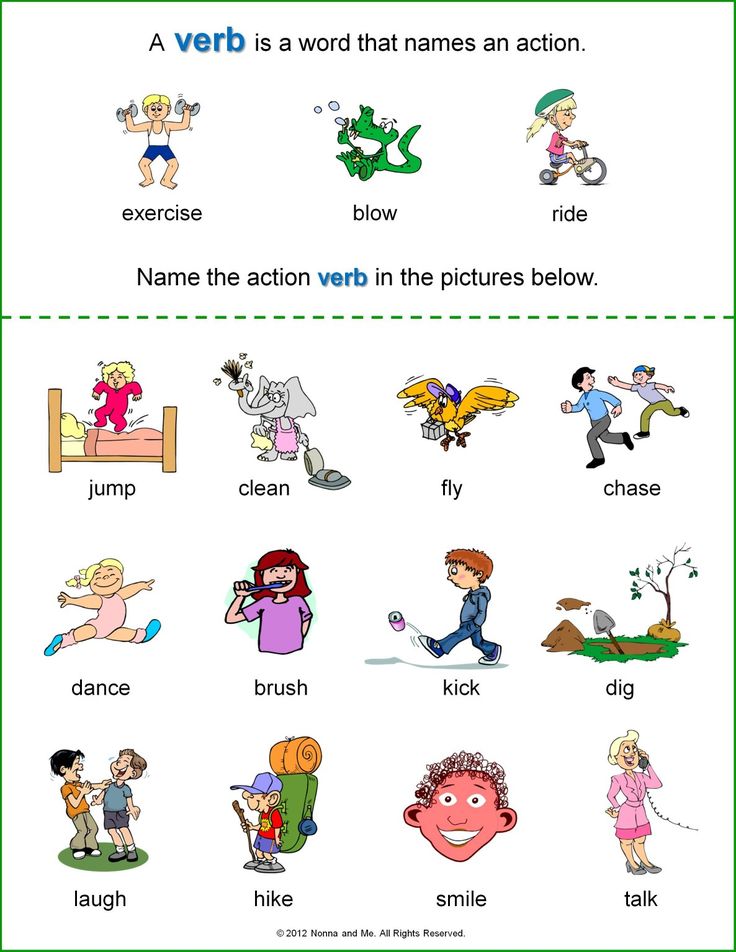
Runs, plays, jumps, grabs, drags, rejoices.
Meow (“meow-meow”), lap up milk, drink.
Barks, bites, runs, walks, sits, sleeps, looks, eats.
Wants to catch, runs after a cat, barks, catches. Jumps, serves, eats, rejoices.
They walk, curl up, swim, run.
They prick everything with needles.
Hedgehogs (“fyr-fyr”) snort.
The teacher accompanies the children's answers with the movements of the toys. After organized play, children receive toys for free activities.
“Everything is the opposite”
Purpose of the game. To teach children to form verbs-antonyms (of the opposite meaning), using prefixes.
Material. Two monkeys (toys).
Organization of the lesson.
Educator. Today we will play stubborn and obedient children. Here, listen to my story.
The teacher accompanies the story with the movements of toys.) The monkey mother had two daughters. The eldest was called Novice, the youngest was Stubborn.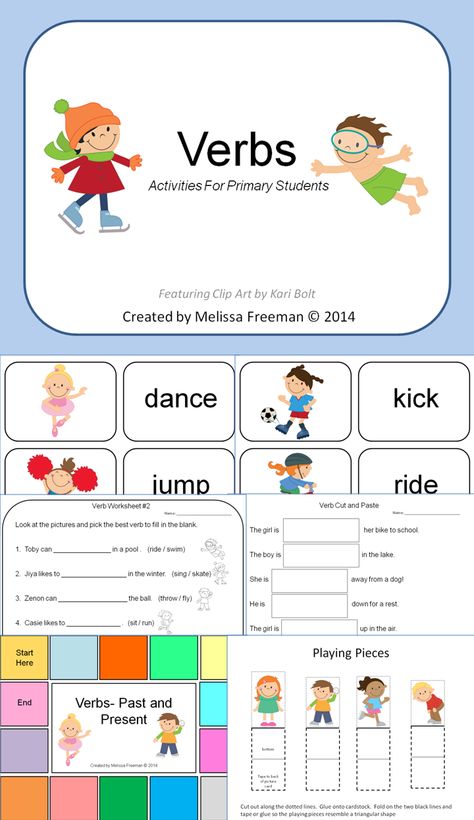 Stubborn liked to do everything in reverse. The Novice will collect the toys, the Stubborn will scatter them. If the sister closes the door, Stubborn ... (intonation of incompleteness, the teacher encourages the children to answer: she will open it). If he brings ... (takes away), sews ... (tear from it), cleans ... (soils), keeps silent ... (talks), hangs ... (takes off), etc.
Stubborn liked to do everything in reverse. The Novice will collect the toys, the Stubborn will scatter them. If the sister closes the door, Stubborn ... (intonation of incompleteness, the teacher encourages the children to answer: she will open it). If he brings ... (takes away), sews ... (tear from it), cleans ... (soils), keeps silent ... (talks), hangs ... (takes off), etc.
The lesson can be continued by reading the poem by V. Berestov doll".
Caretaker.
She is asked to dance,
She crawls under the bed.
What an upbringing!
Just a punishment!
All play - she lie down,
Everything lie - she run.
What an upbringing!
Just a punishment!
This poem was written by the poet Valentin Berestov. With whom would you children like to play - with the Novice or the Stubborn? But what to do Stubborn? (Answers.) Now I will read you another poem “Do the opposite”, its author, the poet Ekaterina Karganova, invites stubborn children to improve.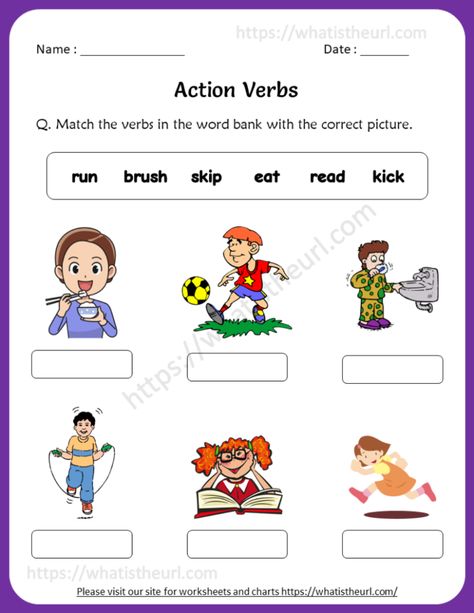
If you are very stubborn,
Do vice versa -
Mom doesn't help you,
But you help! Here.
Now Stubborn will help her mother, and she will no longer be called that. Is not it?
“TELL WHAT THE SKILL DID”
Purpose of the game. To teach children to compose (distribute) a sentence with homogeneous predicates.
Material . Paper, scissors, etc. (at the discretion of the teacher).
Organization of the lesson.
Umeika comes to visit the children (his role is played by a pre-prepared child, it is possible from the older group). Both the group (to monitor the actions of the guest) and Umeyka receive the task, but in such a way that no one hears: “Come to the table, take the paper, cut off the strip and give it to Serezha.” Smeyka performs the task, and the children are watching him closely. The child who correctly enumerates all the actions of Smeyka wins. The child-winner plays the role of Umeika.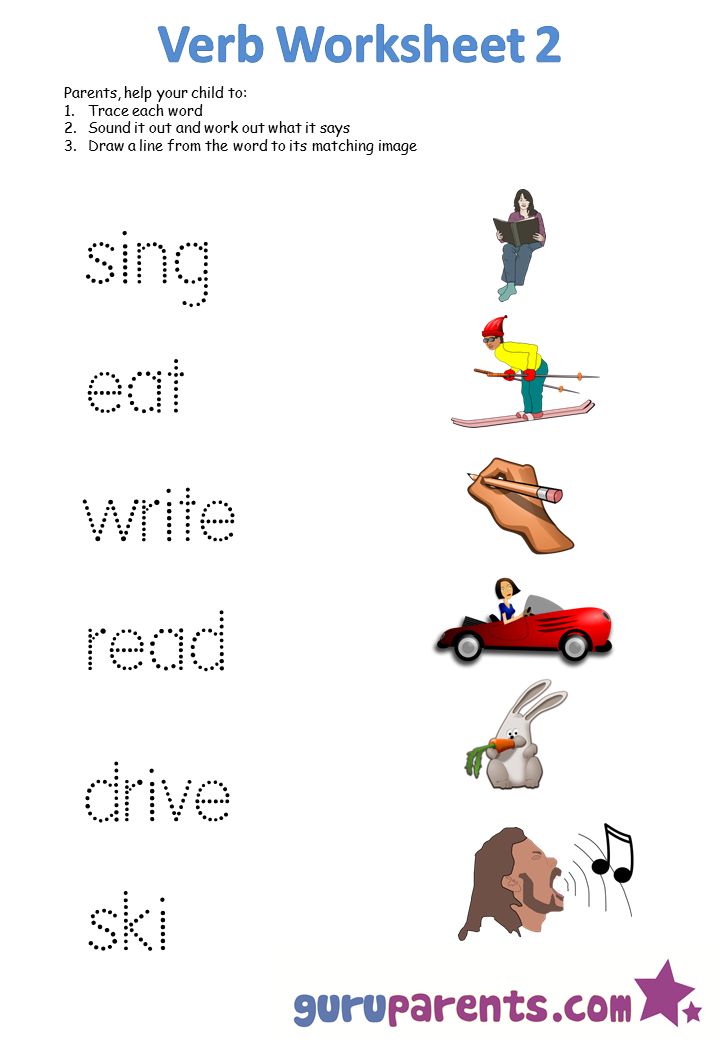
Umeika's tasks can be very different: come to the door, jump and come back; come to the table, take the book and give it to Vadim; take the car, put it in the garage; leave the room and enter back; go to the cube and jump over it; take the ball and throw it up; put the doll to sleep.
“WHO MORE MORE ACTIONS”
Purpose of the game. Teach children to form various verb forms (infinitive, third person, etc.).
Material. Doll Neumeyka. Pictures: clothes, plane, rain, snow, doll, dog, sun.
Organization of the lesson.
Neumeyka comes to class and brings pictures with her. Task for children: to choose words denoting the actions of the depicted object or phenomenon. For example: what can be done with clothes? (Wash, iron, put on, sew up, get dirty, clean.)
What does an airplane do? (Flies, buzzes, takes off, rises, sits down.)
What can be said about the rain? (He walks, drizzles, pours, drips, whips, makes noise, knocks on the roof.)
What can be said about snow? (Walks, falls, spins, flies, lays down, shines, melts, shimmers, creaks.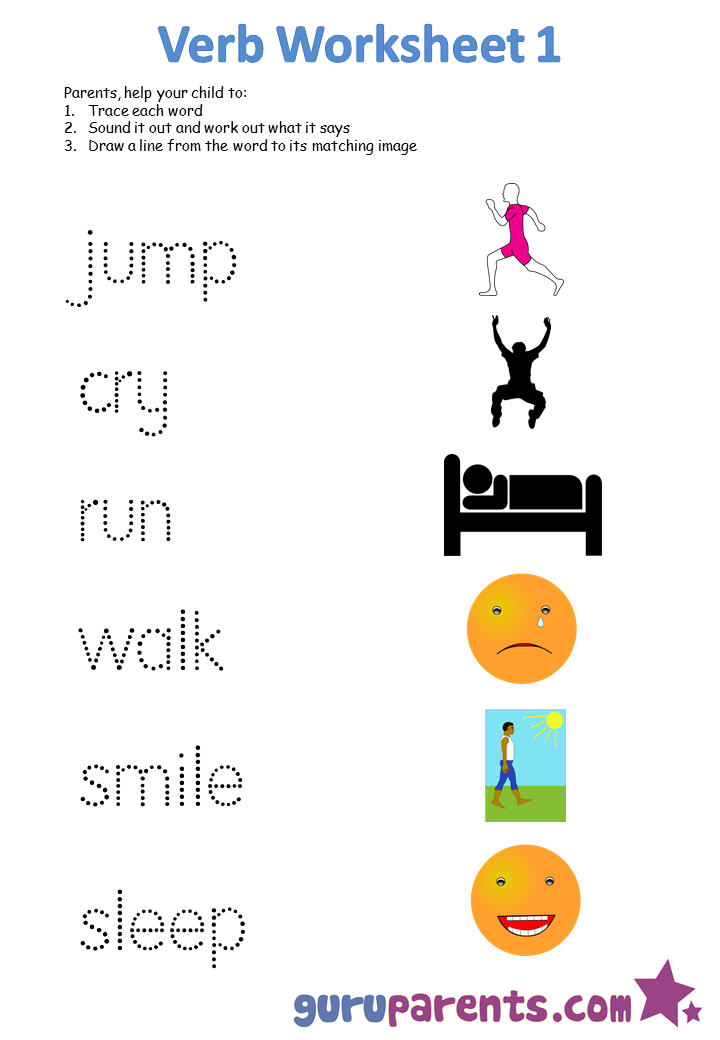 )
)
What can be done with a doll? (Lay, feed, roll, treat, walk, dance, dress, dress up, bathe, rock.)
What does a dog do? (Barks, nibbles, wags its tail, jumps, whines, walks, runs, guards.)
What can be said about the sun? (Shines, warms, rises, sets, bakes, rises, falls, shines, smiles, caresses.)
Such a game can be played on various topics: “Household items”, “Natural phenomena”, “Seasons”, “Animals and birds”, etc.
“WHO KNOWS MORE PROFESSIONS?”
The goal of the game. To teach children to correlate the actions of people with their profession, to form the corresponding verbs from nouns (builder - builds, teacher - teaches, etc.).
Organization of the lesson.
Caretaker. I work as a kindergarten teacher. This is my profession. I teach you how to behave, play with you, draw, read you poems, stories, walk with you, put you to bed ... This is my profession - to educate you. And what is the profession of Irina Vladimirovna? She cooks dinner for us.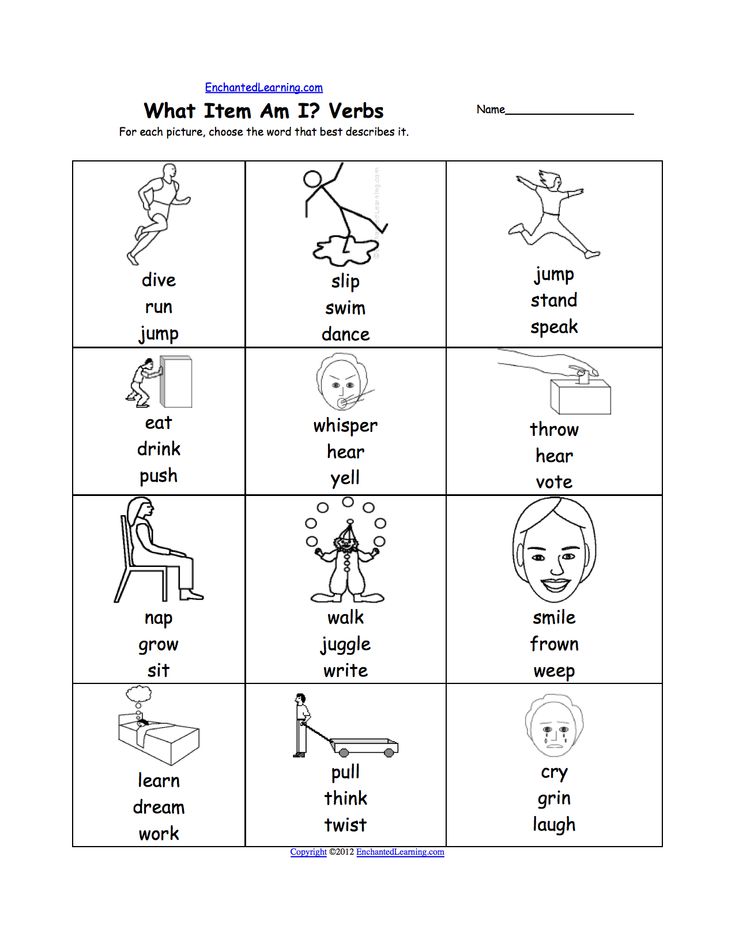 That's right, chef. What other professions do you know? (Answers.) Every adult must learn some profession. Having mastered it, he goes to work and performs certain actions. What is the chef doing? (Children: The cook cooks, bakes, fries, peels vegetables.) What does the doctor do? (Examines the sick, listens, heals, gives medicine, makes injections, operations.) What does a tailor do? (Cutting, basting, flogging, ironing, trying on, sewing.)
That's right, chef. What other professions do you know? (Answers.) Every adult must learn some profession. Having mastered it, he goes to work and performs certain actions. What is the chef doing? (Children: The cook cooks, bakes, fries, peels vegetables.) What does the doctor do? (Examines the sick, listens, heals, gives medicine, makes injections, operations.) What does a tailor do? (Cutting, basting, flogging, ironing, trying on, sewing.)
The teacher names other professions - a builder, teacher, shepherd, shoemaker, and the children name actions.
It is desirable to conduct a lesson on this topic at the end of the year with the appropriate preparation of children.
“MARTY”
Game-dramatization
Purpose of the game. To teach children to correlate the verb, the action of the object it denotes, and the object itself.
Material . Needles, glasses, soap, bell, brush, iron, brush, broom. Magpie (toy).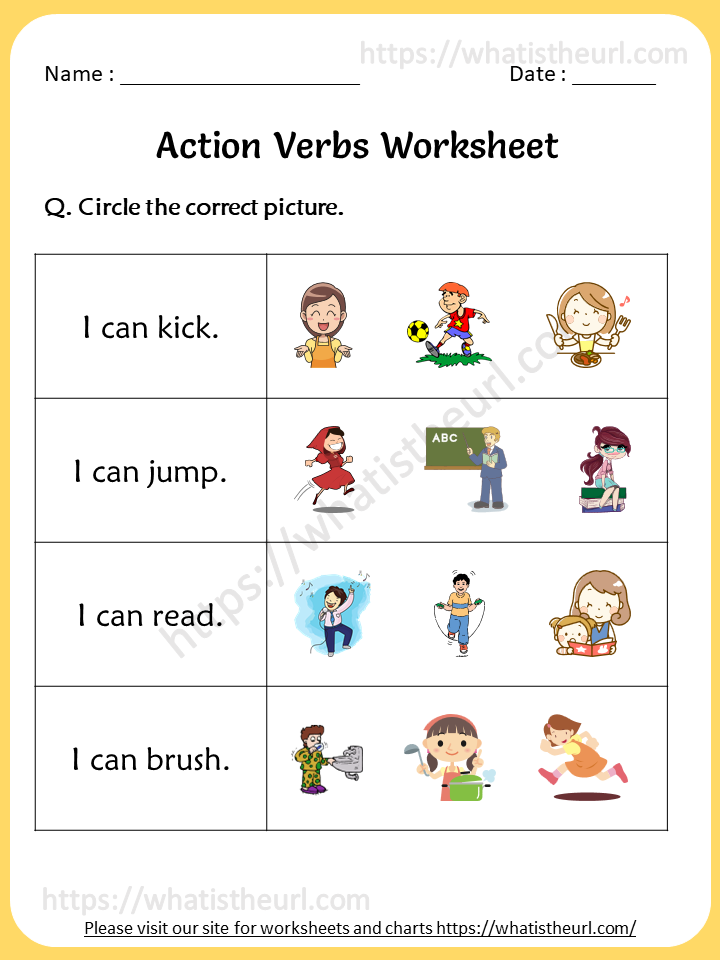
Organization of the lesson.
Educator. While you were on a walk, a magpie flew into our group and collected various things in her bag. Let's see what she took (on the table the presenter lays out items), and ask them to return.
The game then proceeds in the form of a dialogue between the children and the magpie (voiced by the teacher).
Children.
Magpie, magpie, Give us the soap!
Magpie.
I won't give, I won't give.
I'll take your soap,
I'll give my shirt to wash!
Children.
Magpie, magpie,
Give us the needle!
Magpie.
I won't give it, I won't give it back!
I'll take a needle,
I'll sew a shirt for my shirt.
Children.
Magpie, magpie,
Give us the glasses!
Magpie.
I won't give it, I won't give it back!
I myself without glasses
I can't read a shirt of verses.
Children.
Magpie, magpie,
Give us a bell!
Magpie.